
In an era oversaturated by franchise movies that struggle to match the appeal of their predecessors, Alien: Romulus offers an excellent balance of old and new. Romulus makes several references to 1979’s Alien, but it also crucially develops clever new ideas around them. Rather than ignoring the more divisive Alien prequels, Prometheus and Covenant, the new movie incorporates several elements from them, enriching its plot with their expanded lore. It’s a homage to everything that came before as if all the previous Alien films worked together for something new.
Alien: Romulus Introduces A New Hybrid
Alien: Romulus’ Final Boss Is A Terrifying Hybrid

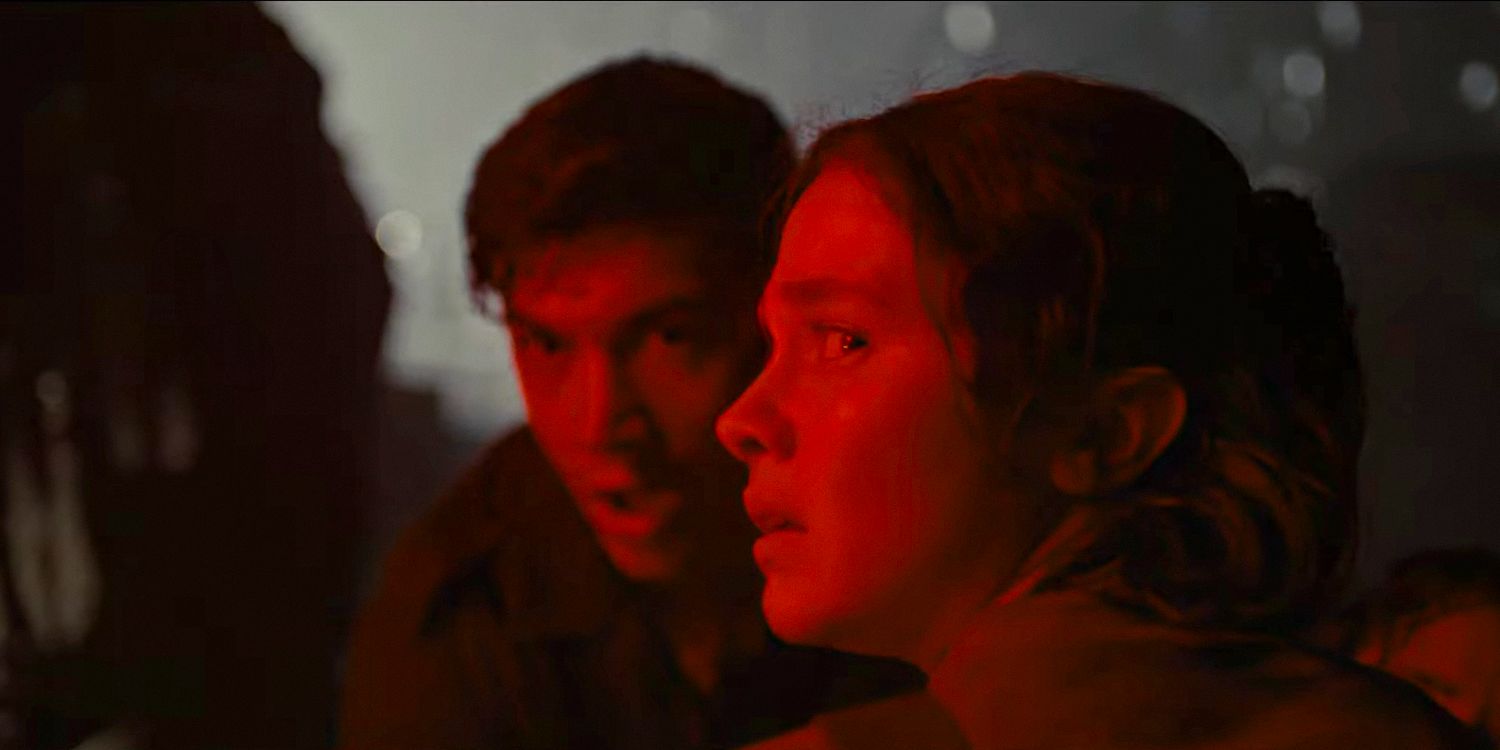
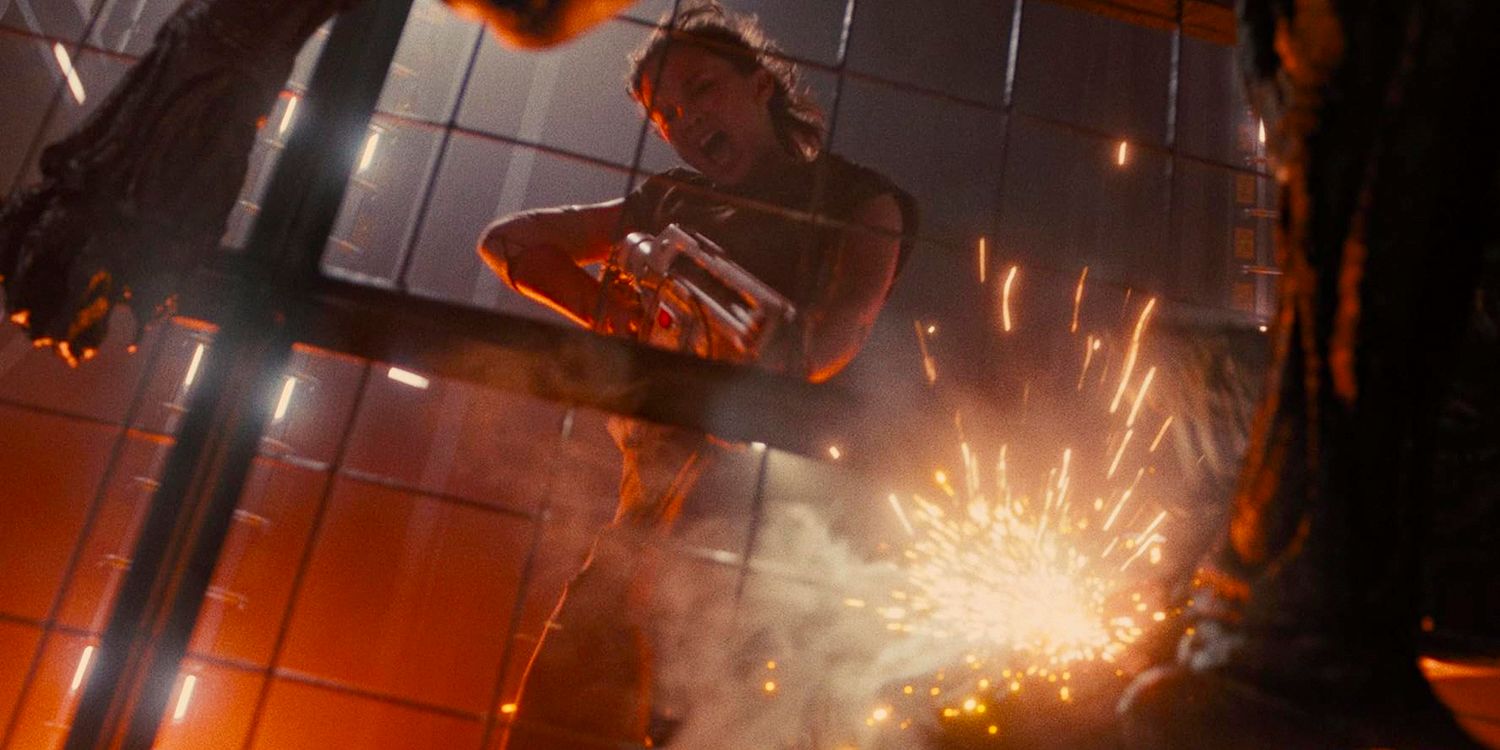

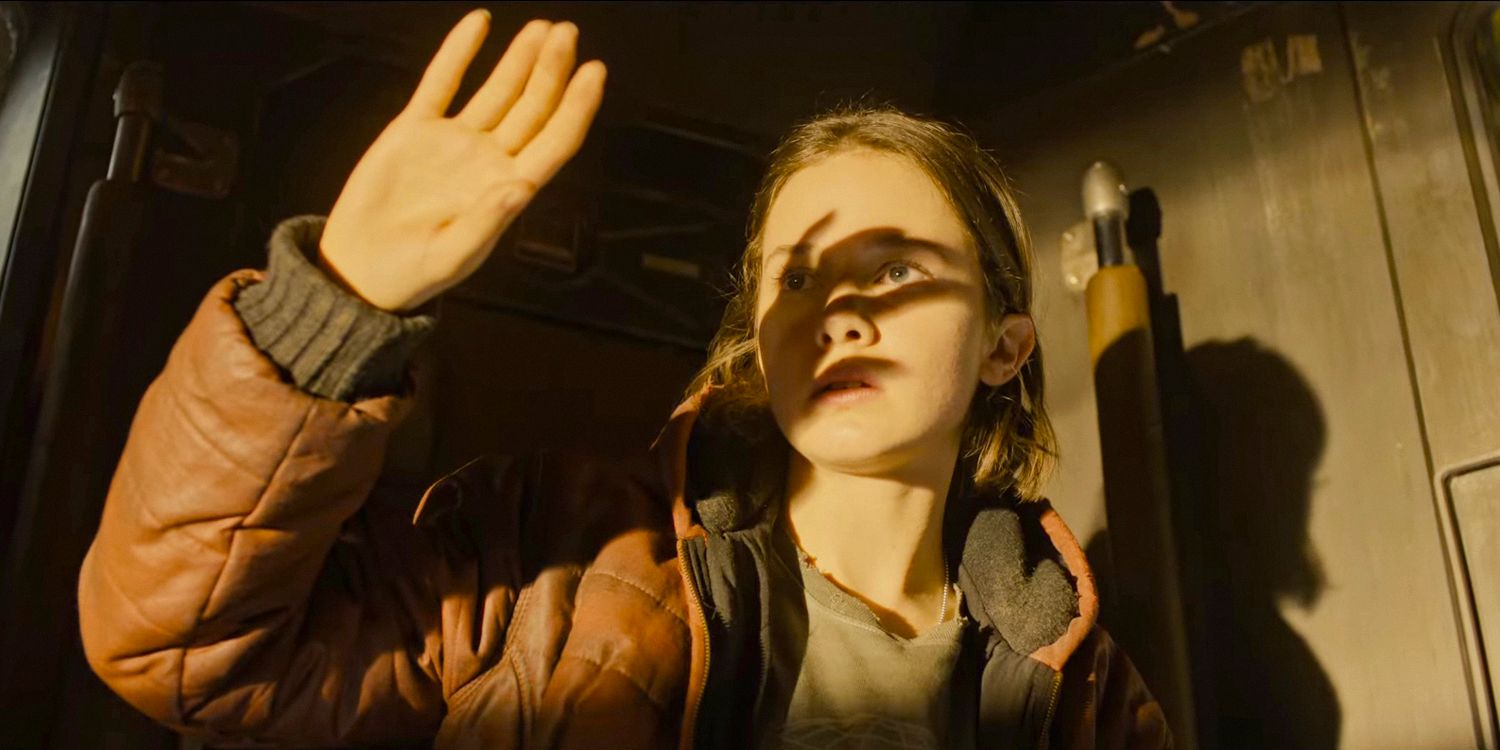





One of the most fascinating parts of Alien lore is the various species and how they’re interconnected. Alien: Romulus introduces a new form of the Xenomorph in the film’s ending, incorporating elements from the original Alien and Prometheus. The hybrid is birthed by Kay (Isabela Merced), who’s revealed to be pregnant early on in the film. But its form is drastically altered by a substance found on the Renaissance ship, which came from scientists experimenting on the Xenomorph from Alien.
This new combination is one of the most horrifying creatures in the franchise so far, perhaps since the original Alien Xenomorph.
The substance is meant to be used to improve human life, so Kay takes it when she’s brutally injured by a Xenomorph. While it seems to save her for some time, the untested substance eventually transforms her unborn baby into an entirely new life form, and it’s terrifying. The being has the paleness and some features of the Engineers, along with elongated human elements and aspects of the typical Xenomorph, including its hostility. This new combination is one of the most horrifying creatures in the franchise so far, perhaps since the original Alien Xenomorph.
Ian Holm Appears As Rook
Ian Holm Played Ash In Alien (1979)
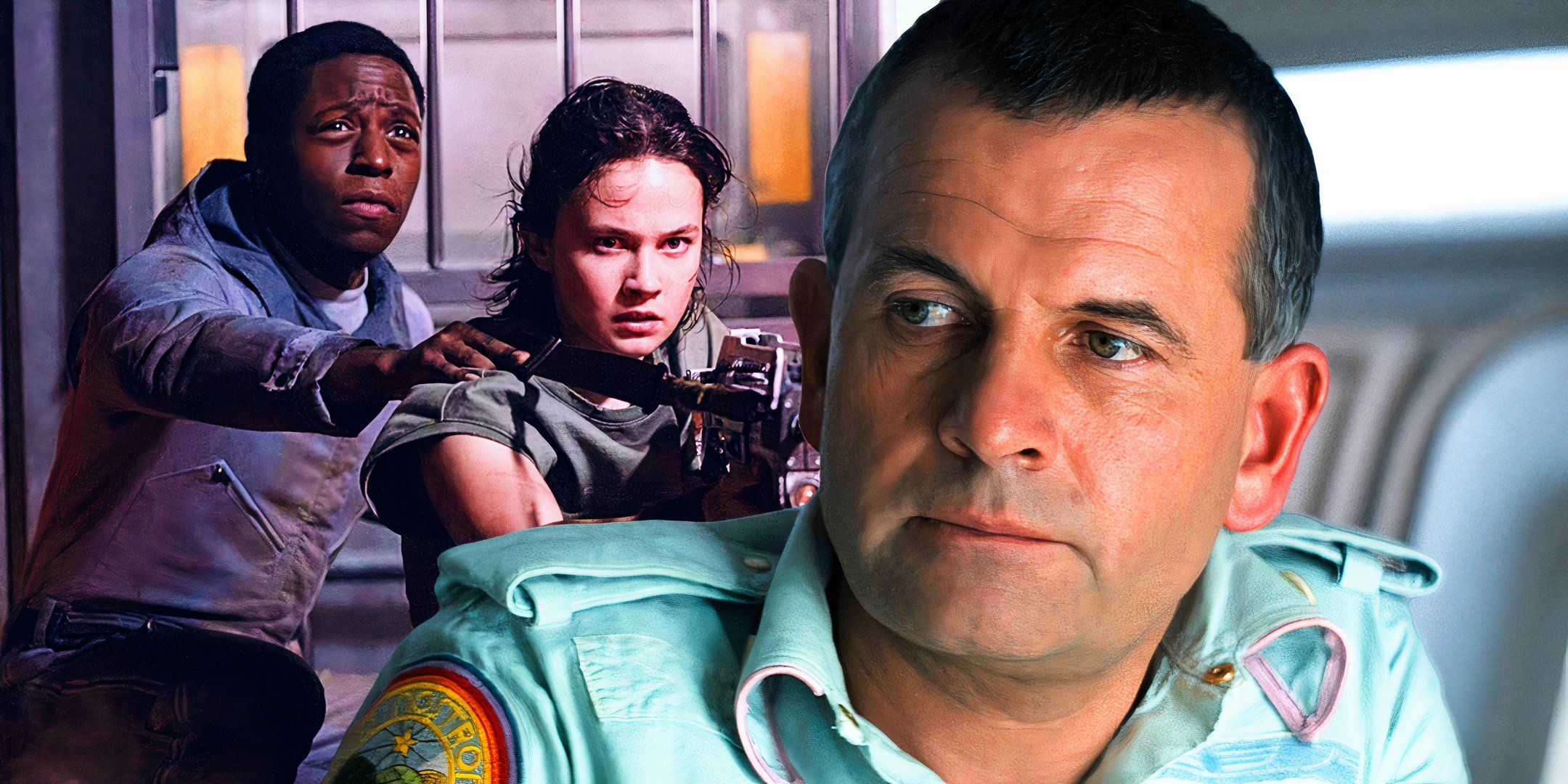
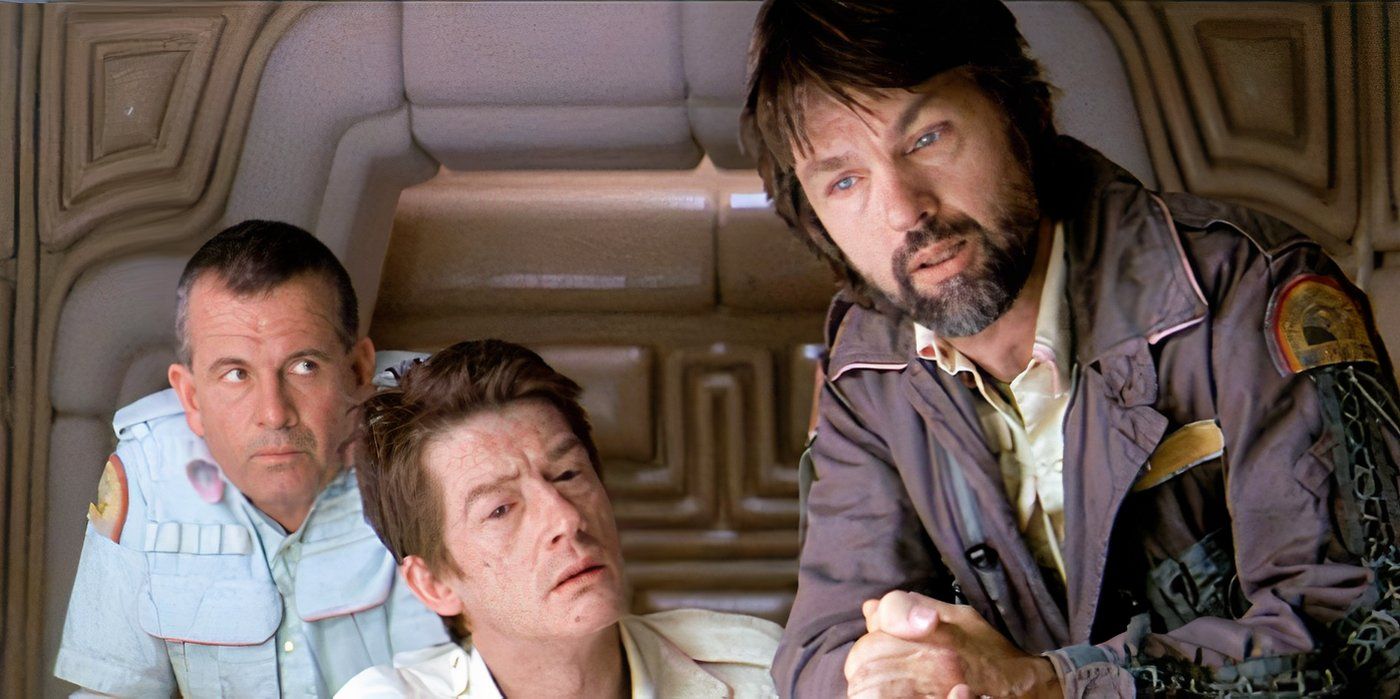
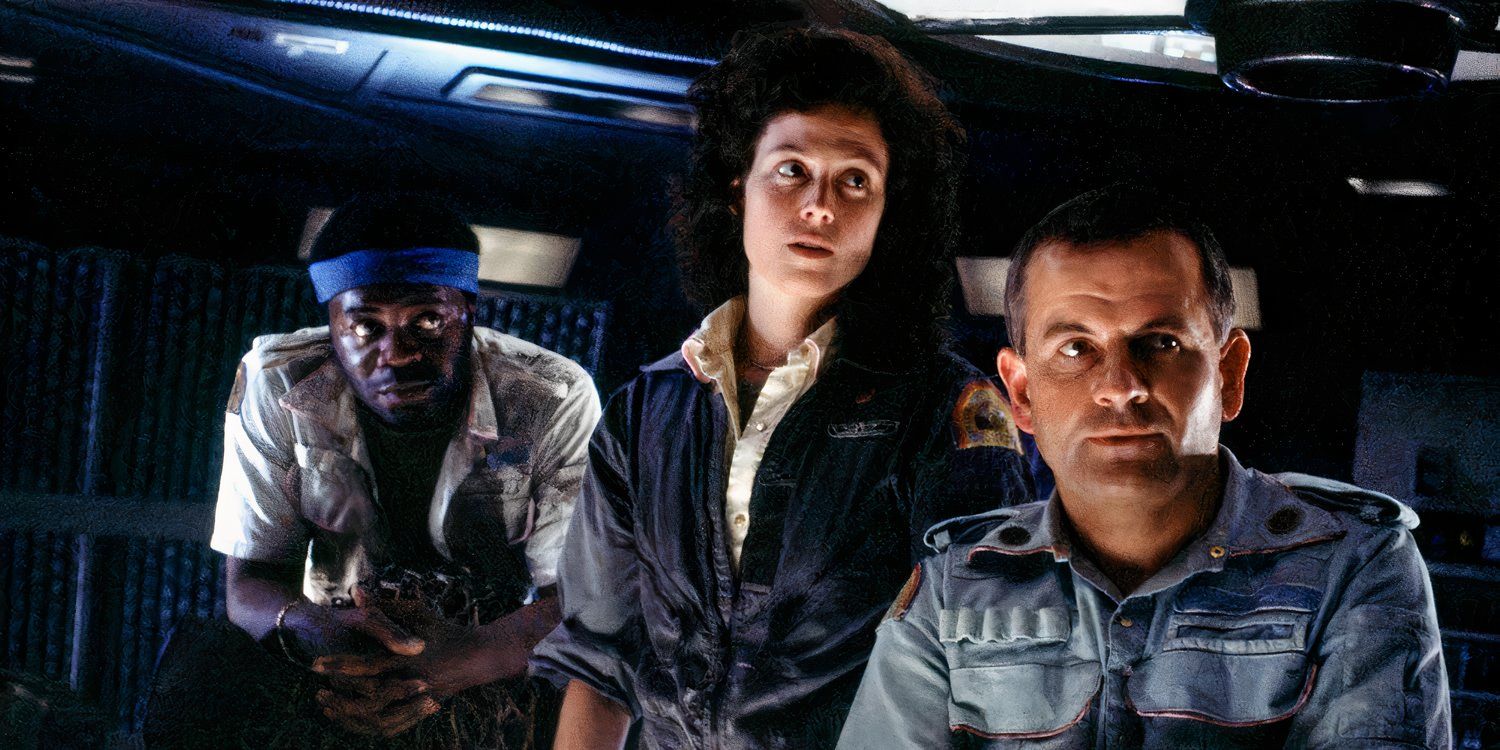
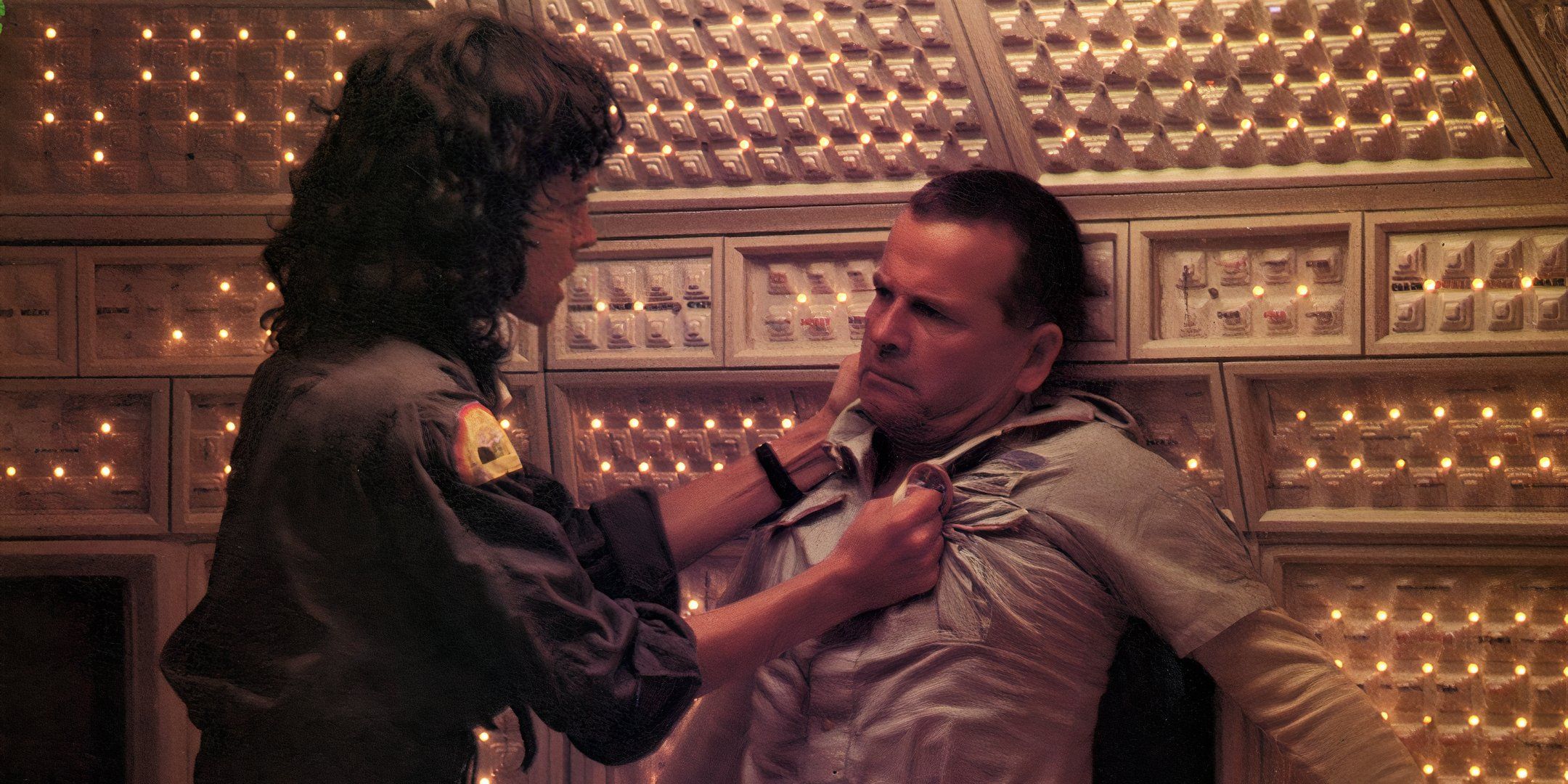
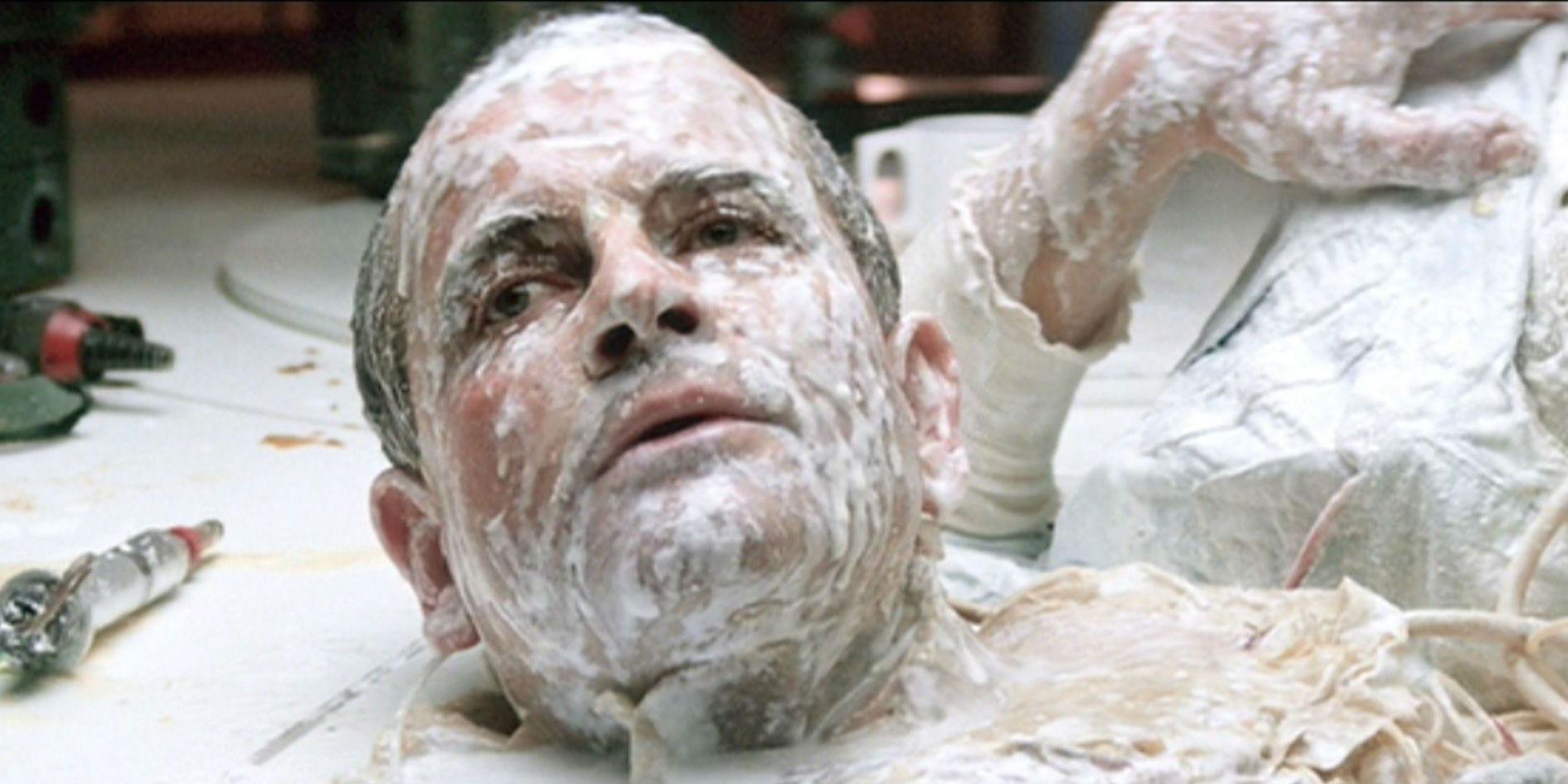





One of the more controversial decisions in Alien: Romulus was bringing back the late great Sir Ian Holm with CGI. The actor, who passed away in 2020, previously played the hidden android character Ash in Ridley Scott’s Alien, and his appearance in the new film was kept a secret. Ian Holm appears in Alien: Romulus as a new android named Rook, as Ash was killed in the original movie. Rook is a rebuilt version of one of the Ash androids and is modeled similarly to him in terms of voice appearance.
Audiences know from Michael Fassbender’s David and Walter androids that it’s not uncommon for the species to reuse appearances. Rook and Ash aren’t too dissimilar, with the Romulus character even reusing Ash’s famous final line, “I can’t lie to you about your chances.” Rook is also guided by a directive to support Weyland and bring the new substance back to human civilization to be utilized. Rook is used in the film as a direct continuation of Ash, creating an antagonistic android to oppose Andy, who subverts the evil robot trope.
The Fate Of The Nostromo Is Revealed
Alien: Romulus Shows The Nostromo Wreckage
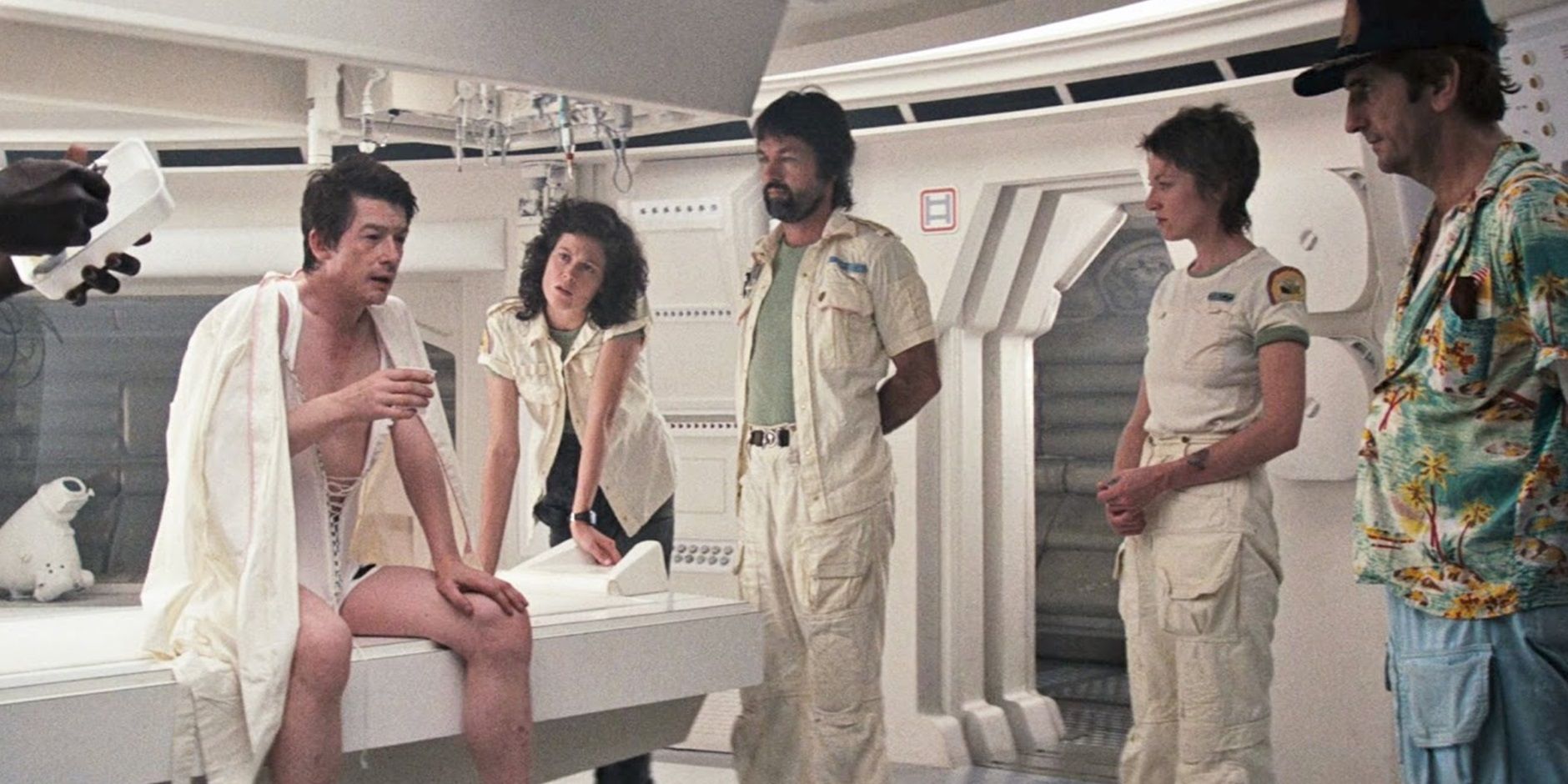
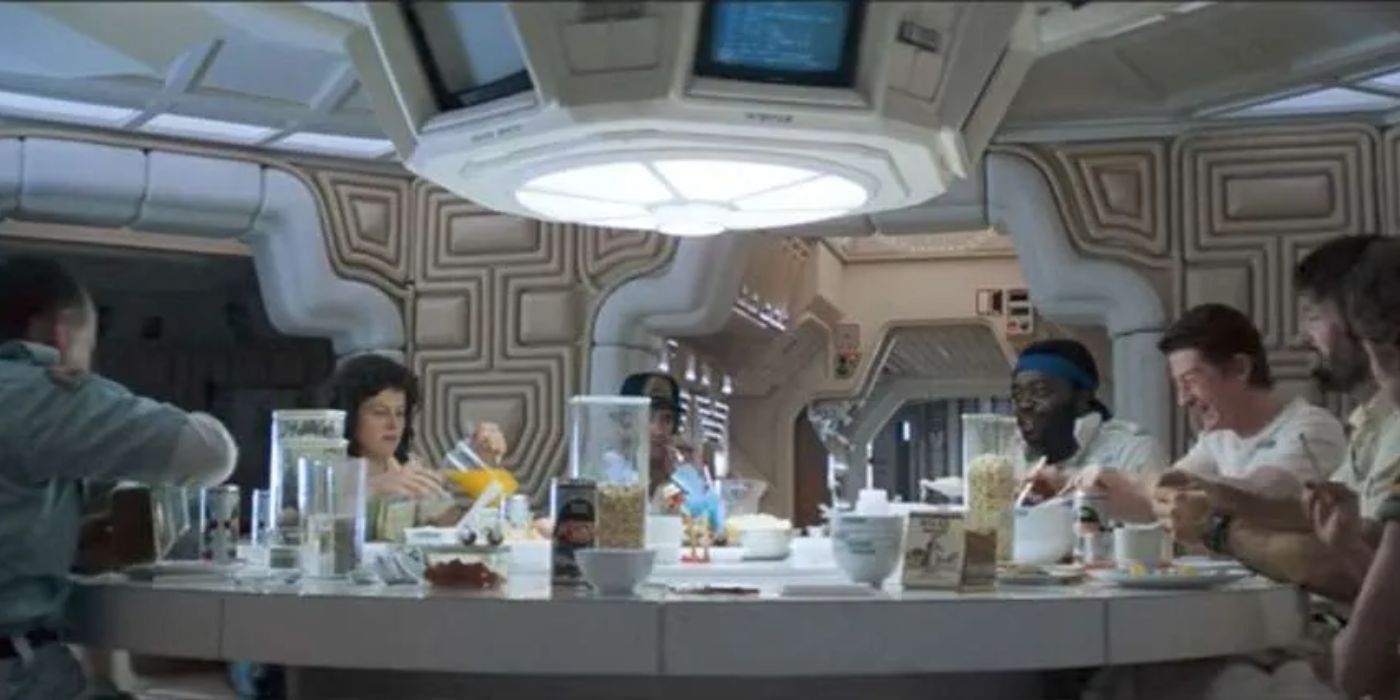
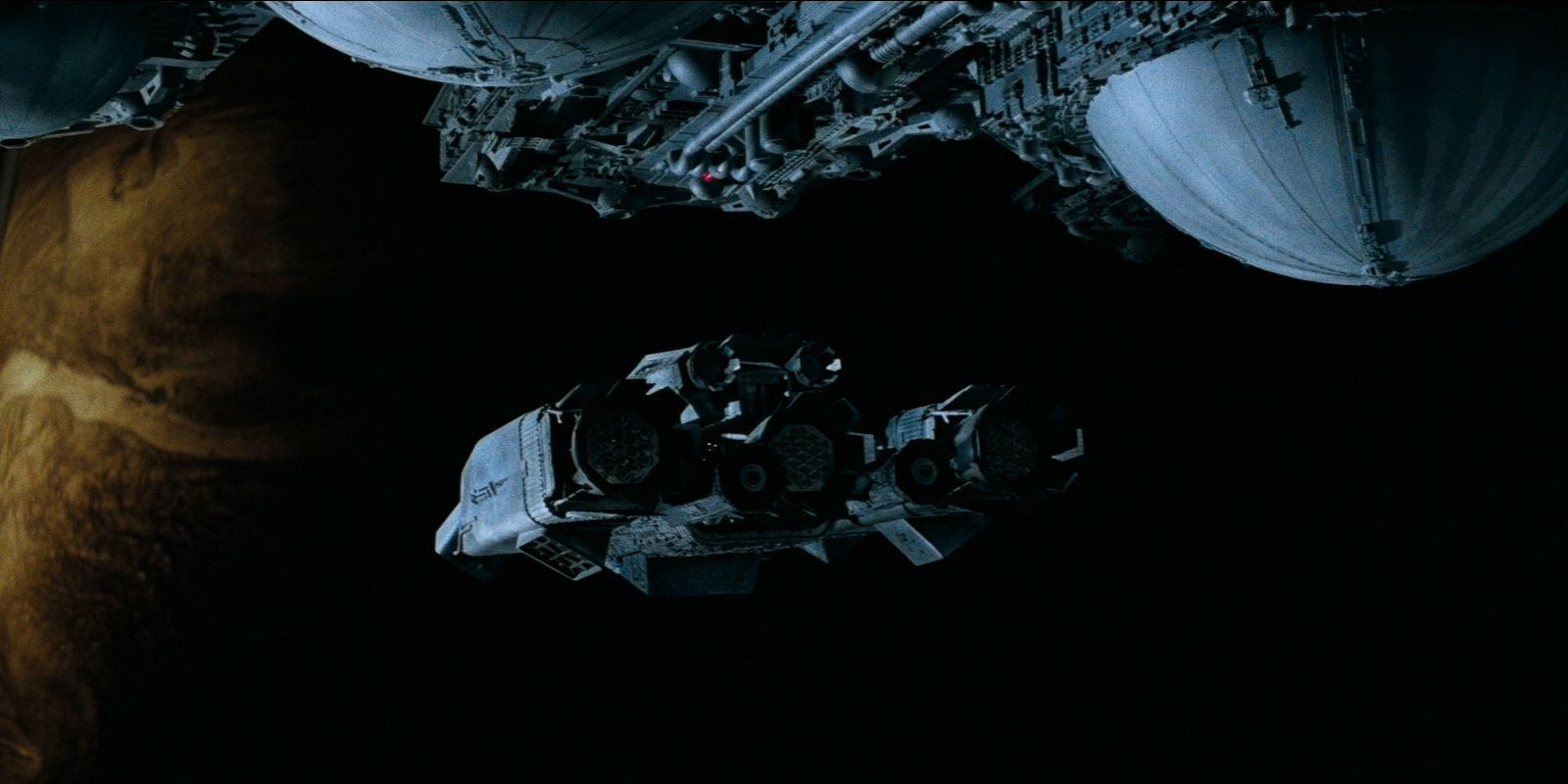
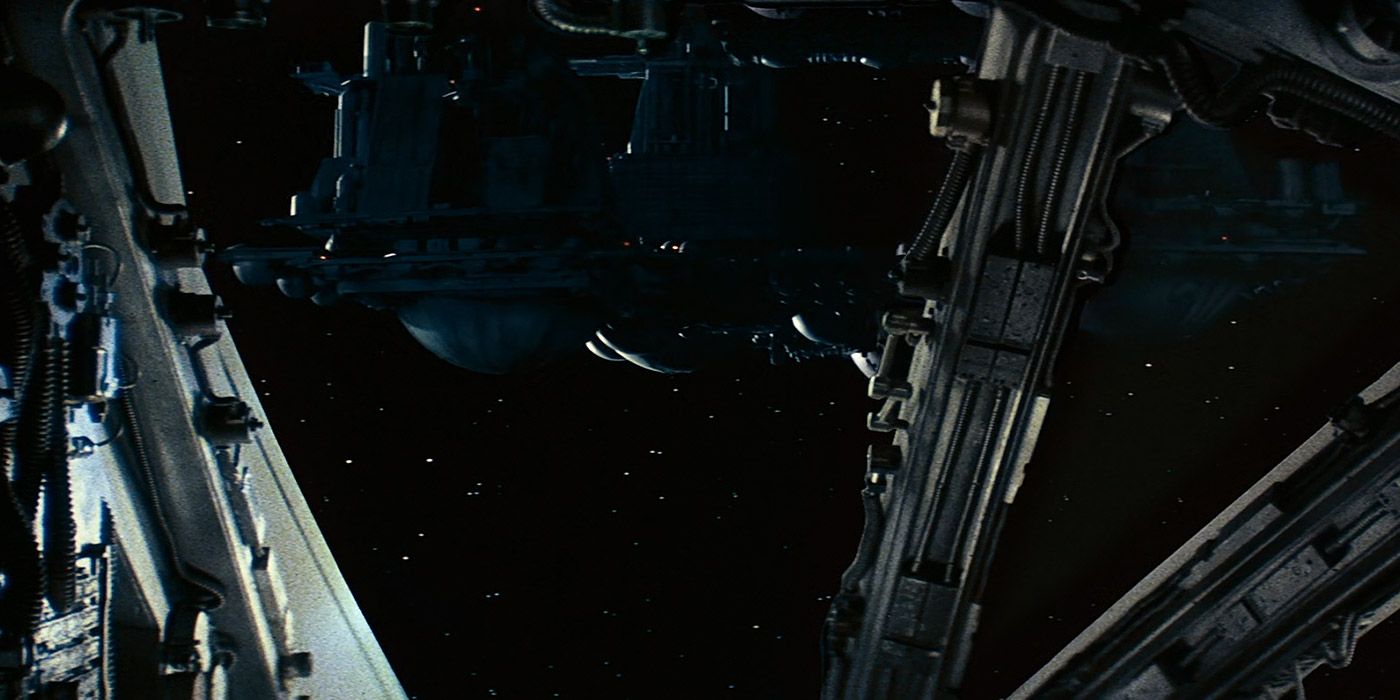
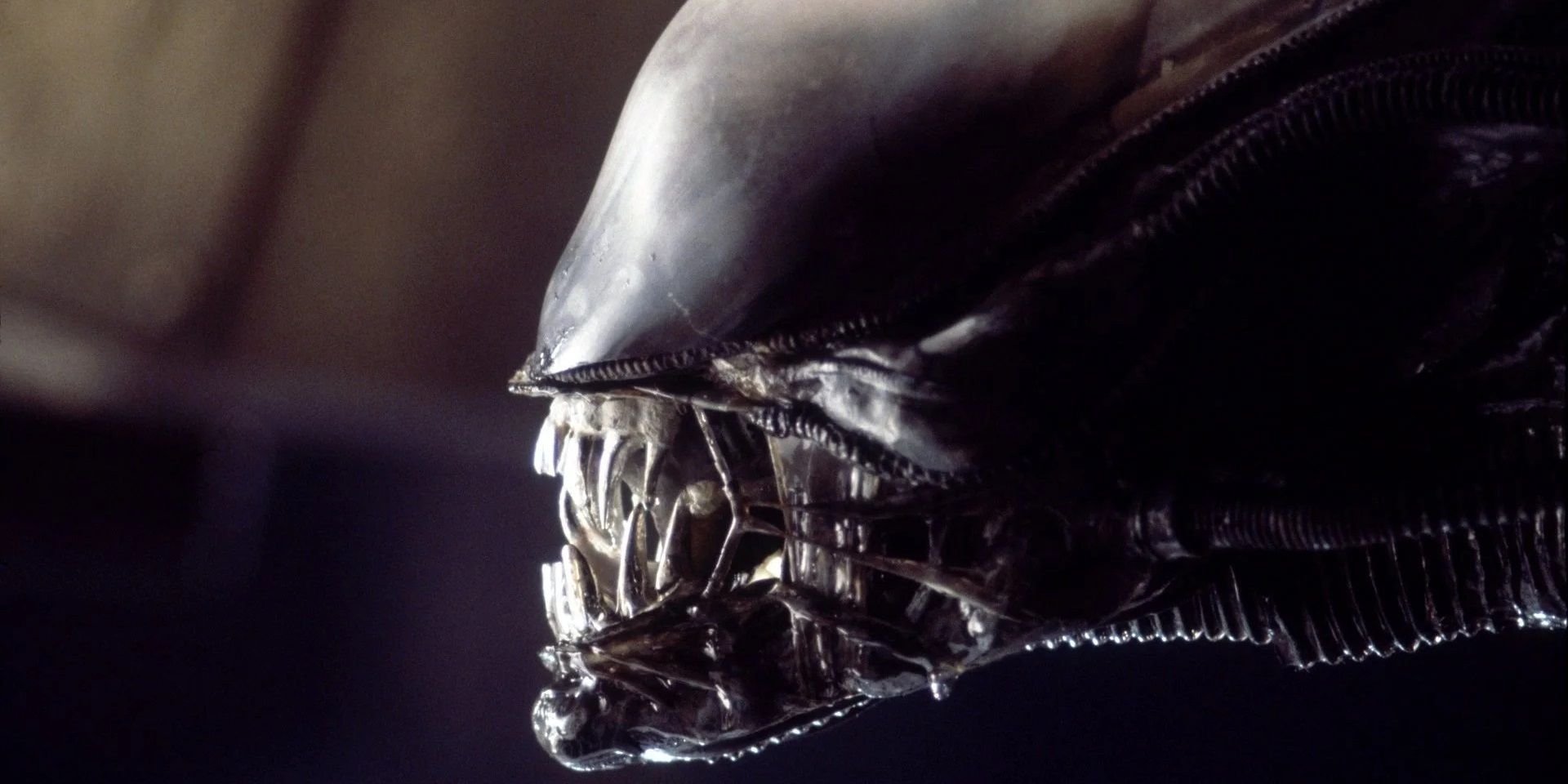





Alien fans will remember the Nostromo as the vessel in the original 1979 film. It was a small mining ship that found a distress beacon, which led to the events of the original movie. At the end of that film, the survivors leave the Xenomorph on the ship and set it to self-destruct, with Ellen Ripley being the only one to make it off before it detonates. In Romulus, the destroyed remains of the original Nostromo ship are shown, though it’s not immediately clear for what reason it was recovered.
Alien: Romulus takes place roughly twenty years after the original movie. At some point between the two, the sinister Weyland-Yutani company retrieved the Nostromo to be brought back for examination. What they were looking for, however, ties the original Alien movie to the plot of Prometheus and Alien: Covenant. Weyland-Yutani hoped to find something to help them locate the Xenomorph. This led to them finding the actual alien from the original movie, just as Ripley left it.
The Original Alien Was Found
Weyland-Yutani Scientists Found The Xenomorph From Alien
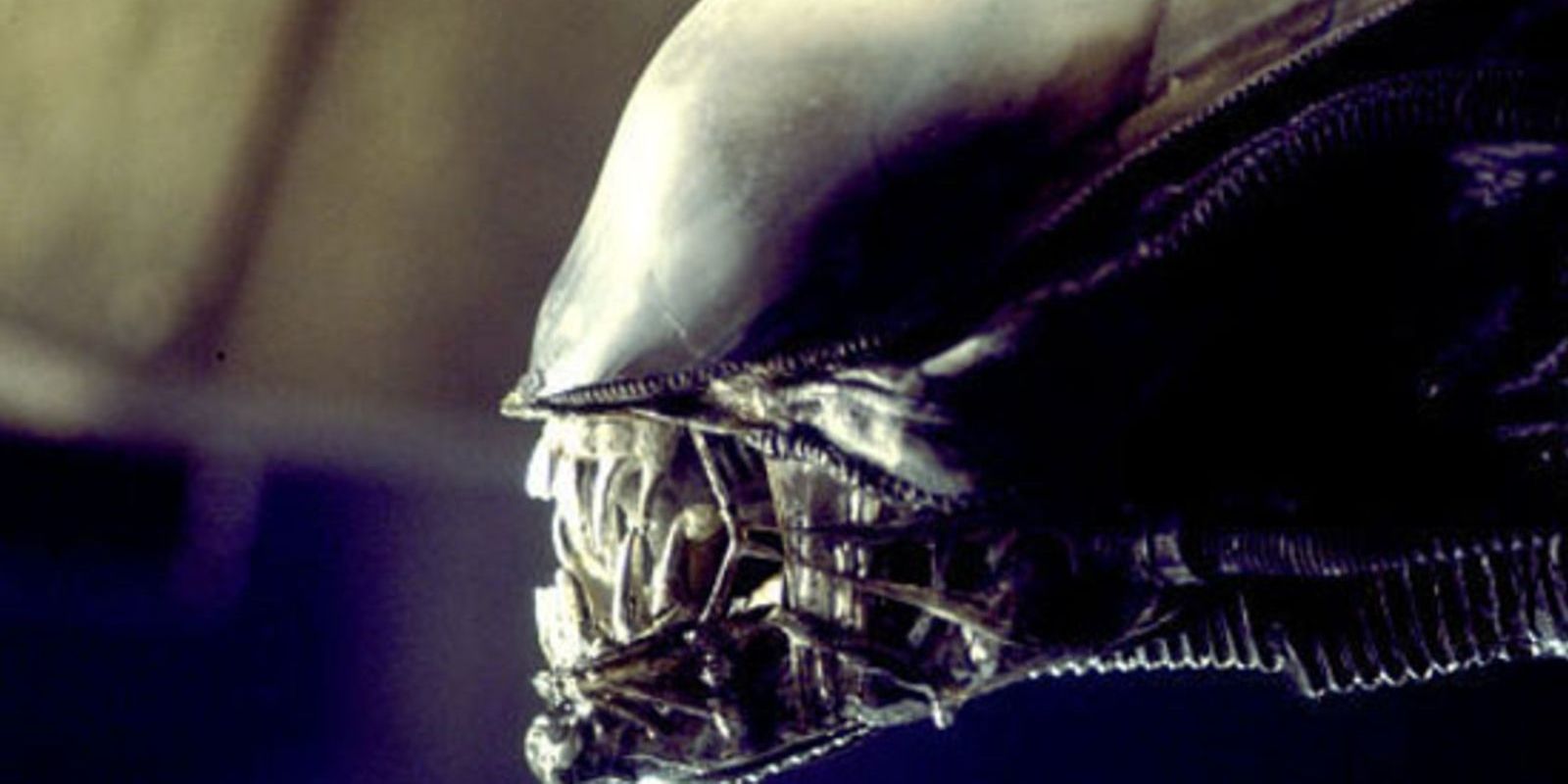
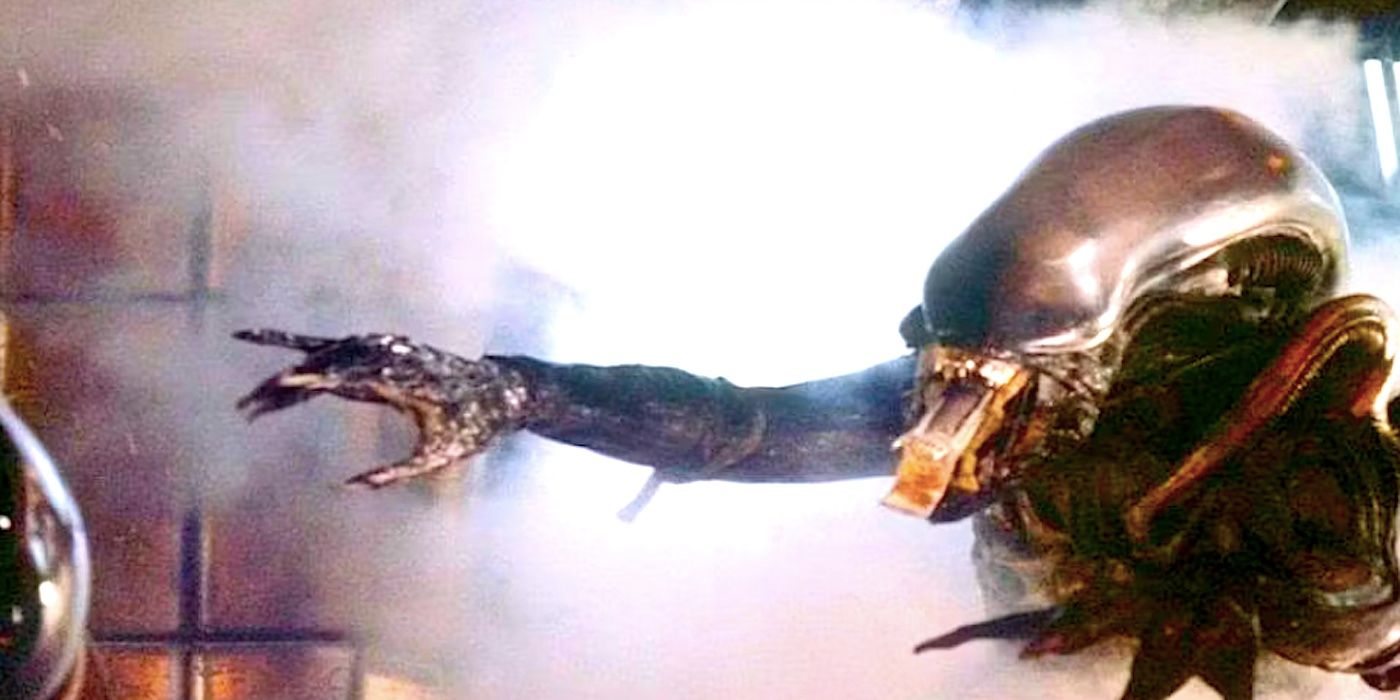
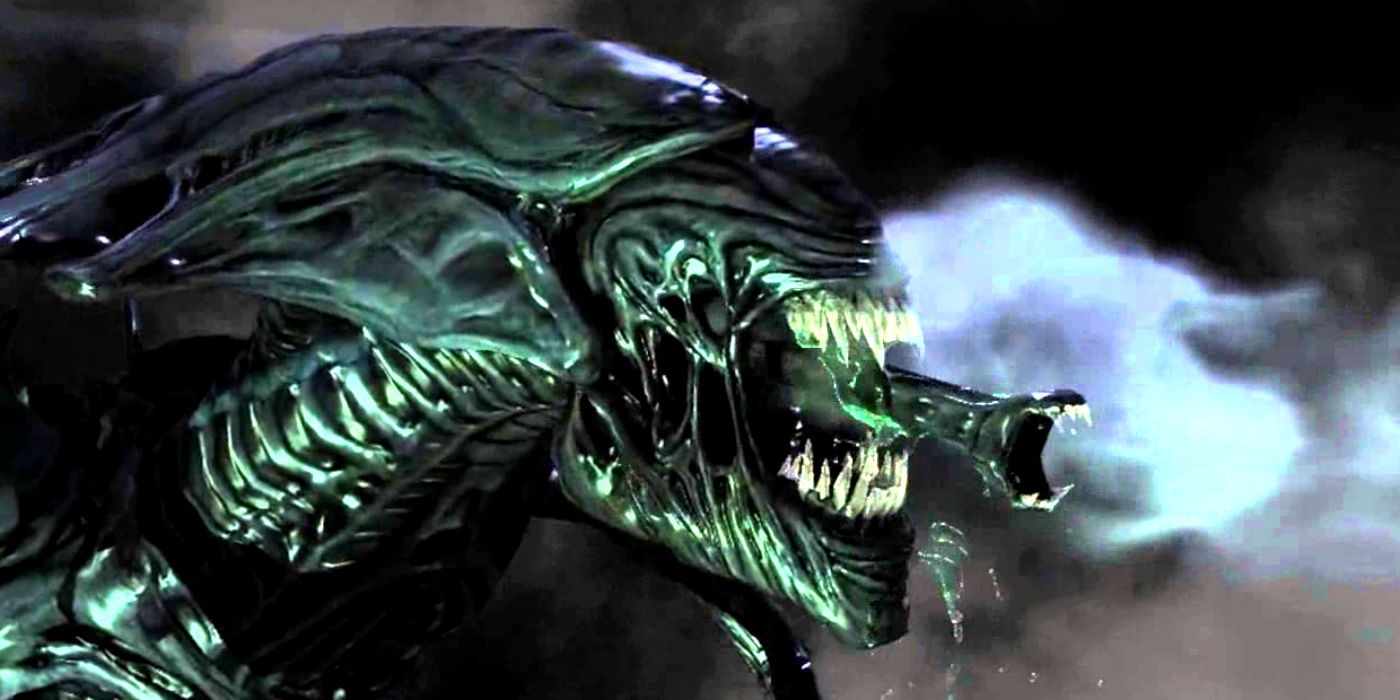
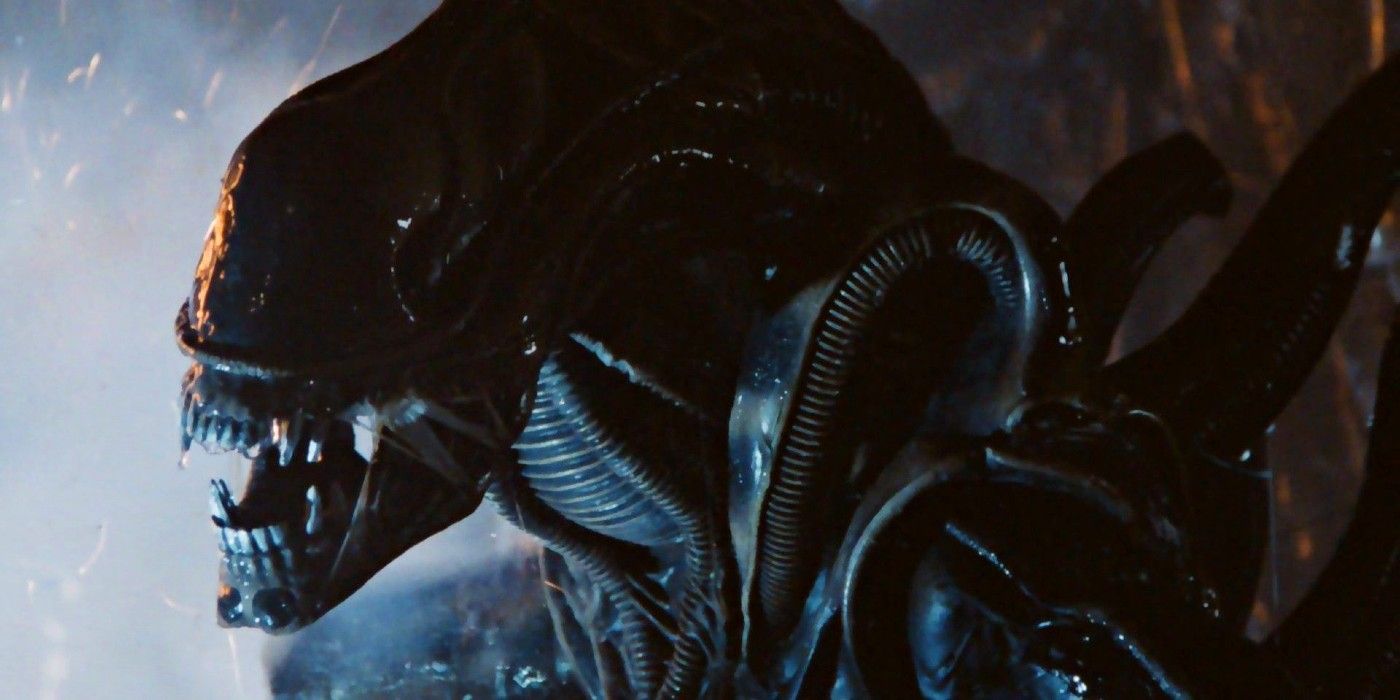
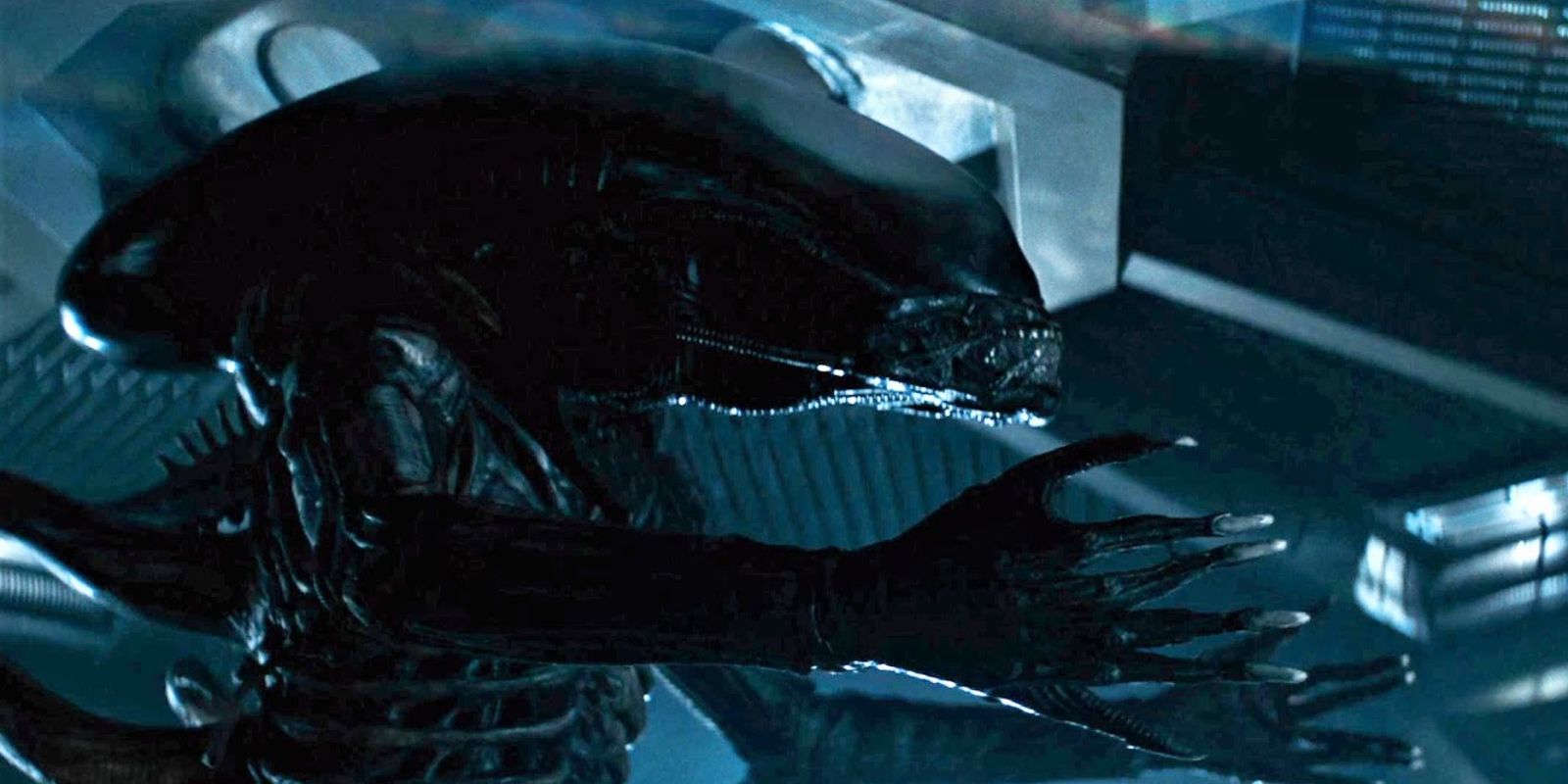





One of the most exciting reveals early on in Alien: Romulus is that the original Xenomorph from Ridley Scot’s Alien was found and studied. Apparently, the Xenomorph was able to cocoon itself and survived the original Nostromo explosion, resulting in it being discovered at some point between the two films by the scientists on the Renaissance space station. This is one of the many successful callbacks in the new film to the original, as it’s a fun way of tying the franchise together with meaningful cohesion.
To add, Alien: Romulus explains that Weyland-Yutari discovered the black goo from Prometheus while experimenting on the Xenomorph, directly connecting the entire Alien franchise. This was essentially David’s plan in Alien: Covenant, but the additional aspect of using the familiar Xenomorph, shown with the harpoon pierced through its chest, is awesome for fans of the franchise. In addition, Rain ends up defeating her alien antagonist in a similar fashion to how Ripley combated the original Xenomorph.
Alien: Romulus Explains The Xenomorph Life Cycle
The Movie Shows How Xenomorphs Grow
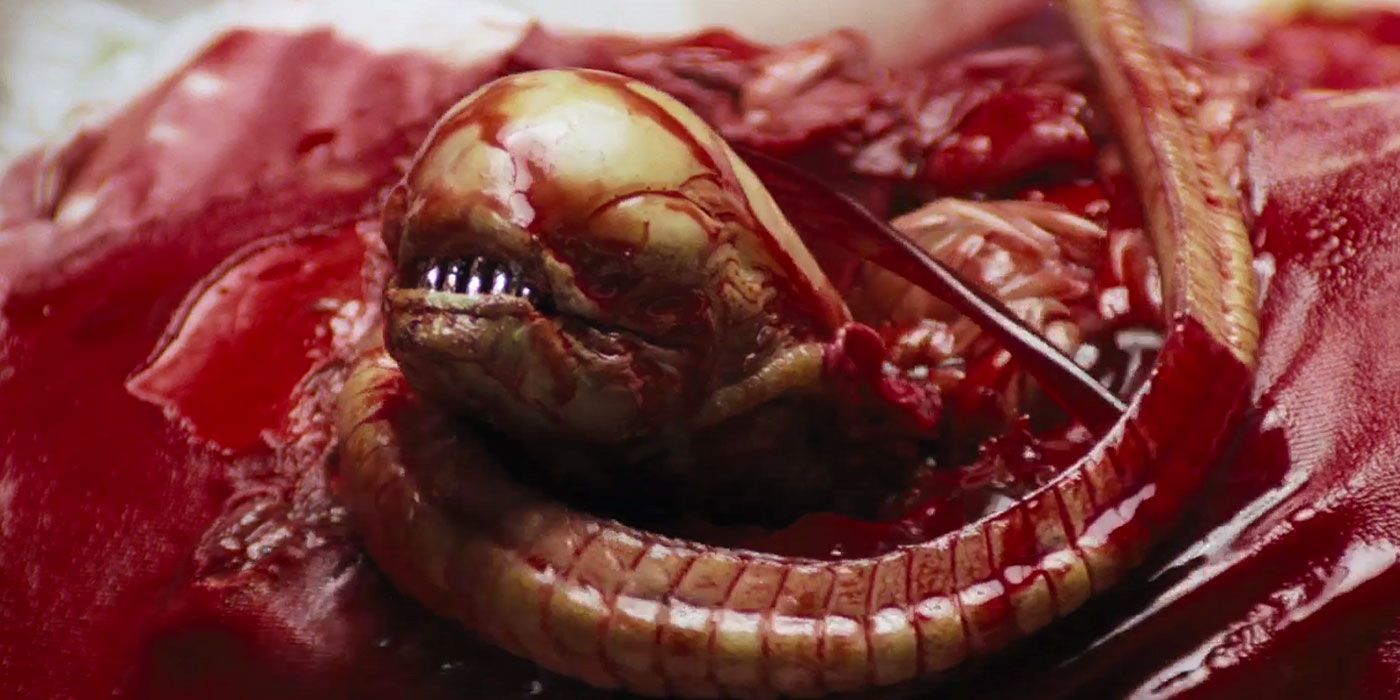
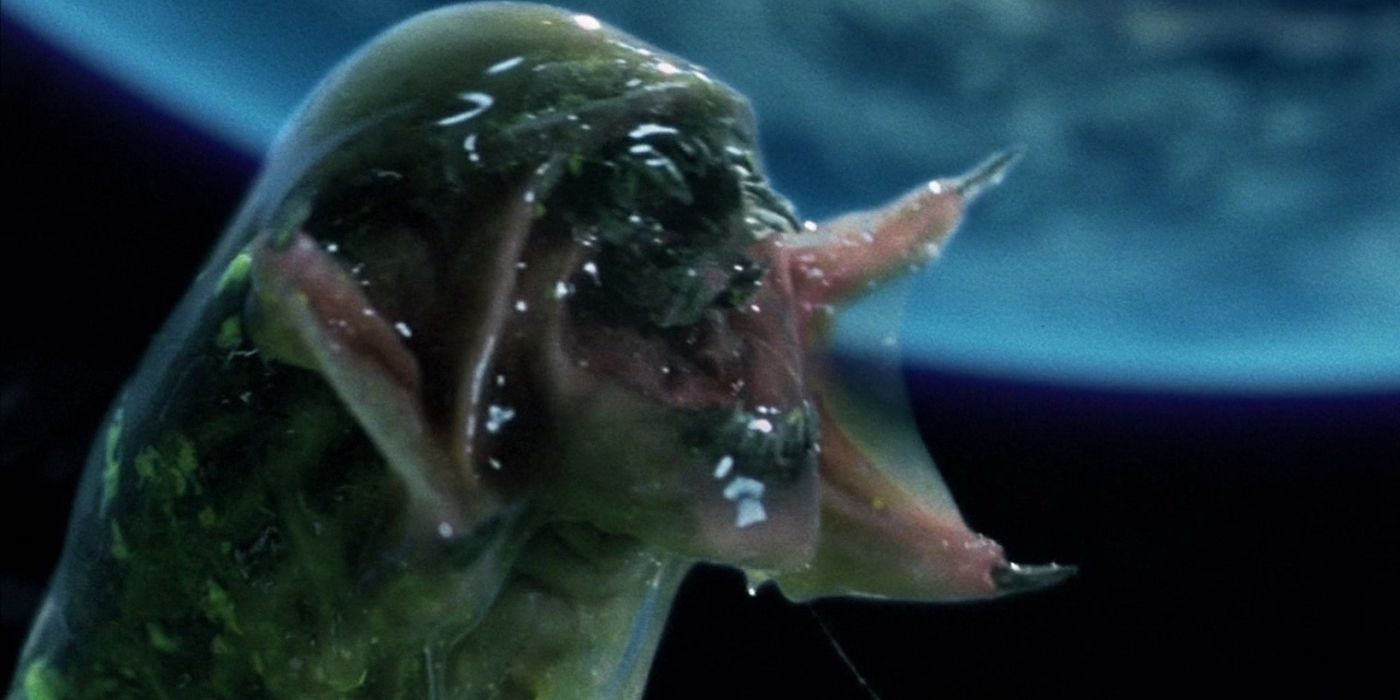

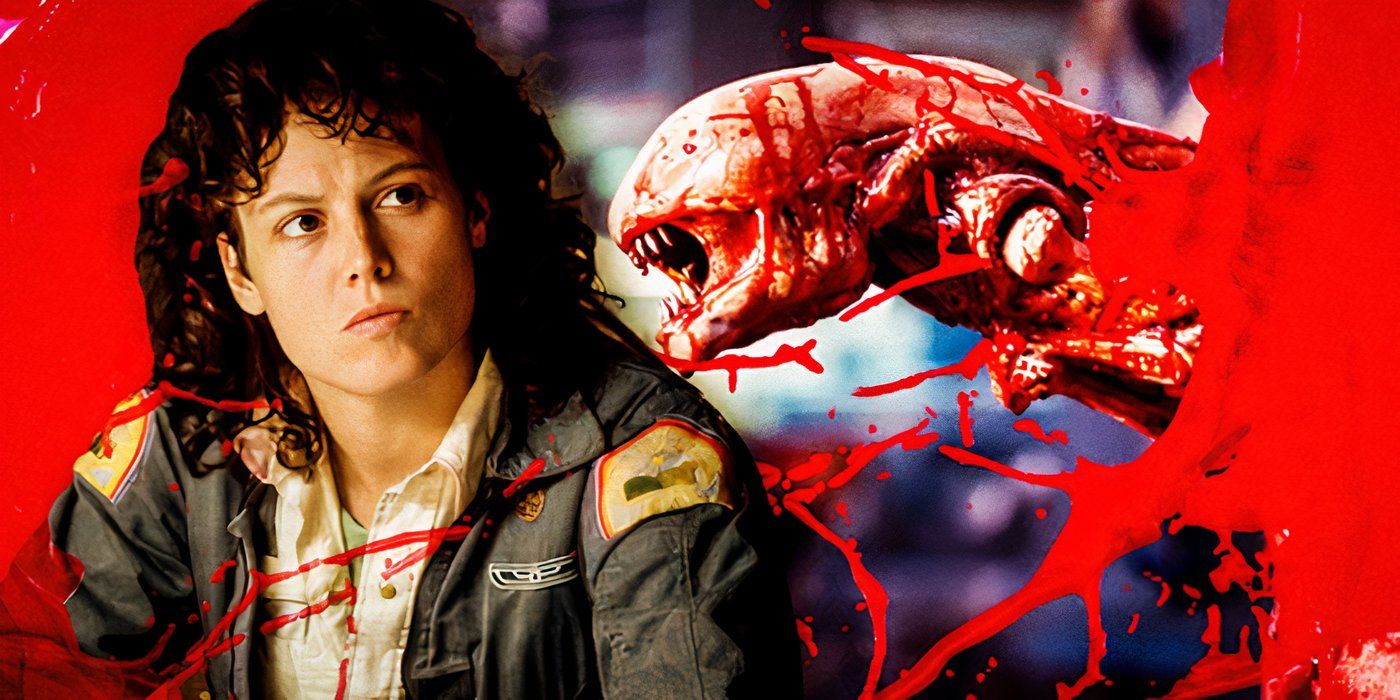
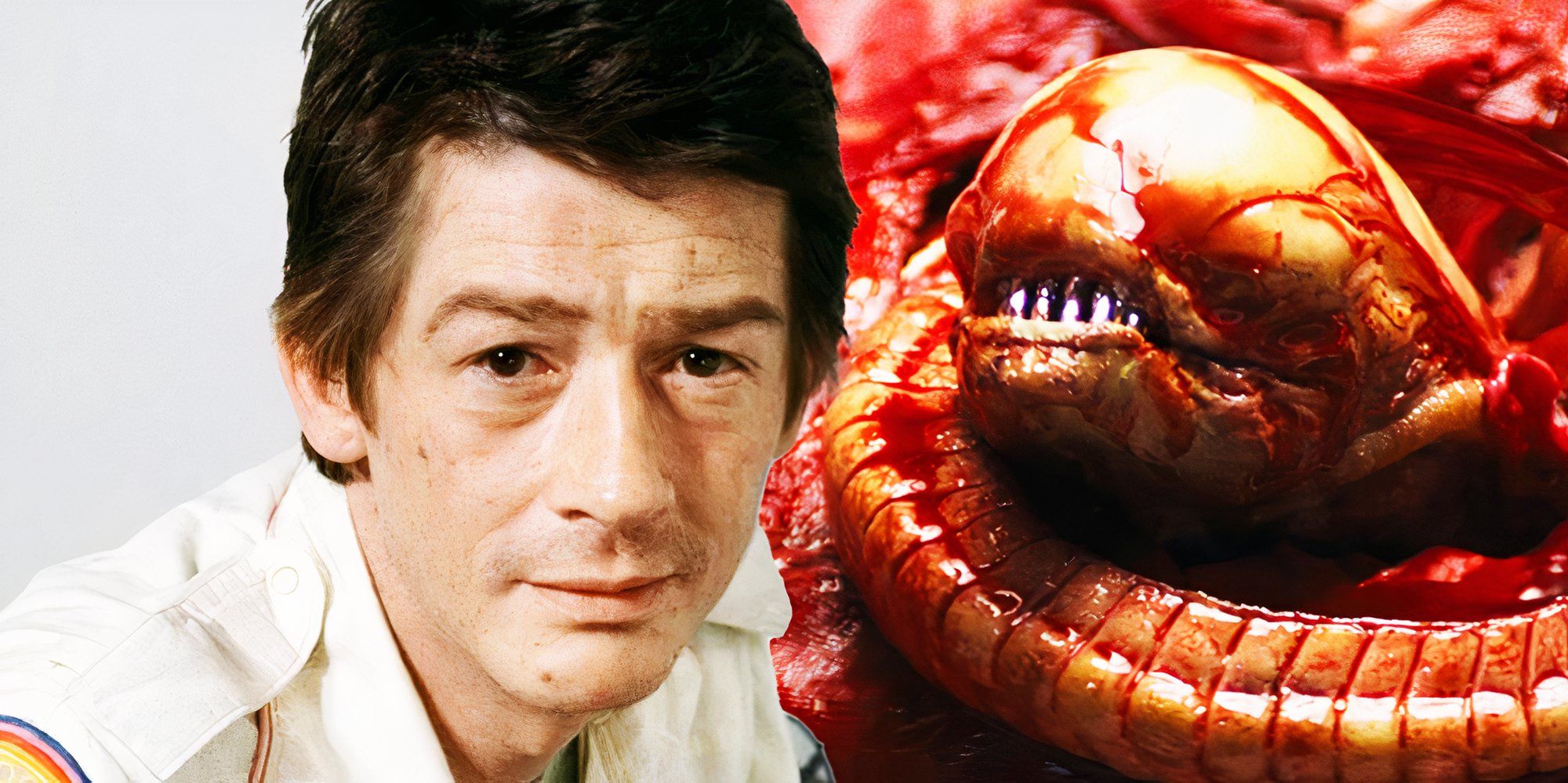





The Alien franchise has introduced audiences to some nightmare-inducing, vile creatures, but there’s still not a whole lot known about them within the context of the films. In the original Alien, the chestburster explodes out of Kane’s chest, and it’s not long at all before that chestburster transforms into a fully grown alien that’s able to outsize adult humans. Alien: Romulus has its own chestburster scene, and it actually explains what they do to stimulate such quick growth and become full-size Xenomorphs.
Navarro is the unlucky first death in Alien: Romulus, who’s killed by the chestburster. Shortly after, Bjorn and Kay find a cocoon on the wall, demonstrating how the chestbursters mature. The alien creatures often spend most of the films off-screen, so this was the first time the films have actually shown how they develop. Bjorn tries to zap the fleshy cocoon in order to kill the creature before it can grow, but it bleeds acid, resulting in one of Alien: Romulus‘ most gory deaths.
Prometheus’ Black Goo Returns
Scientists Were Experimenting With The Black Goo Between Alien & Alien: Romulus
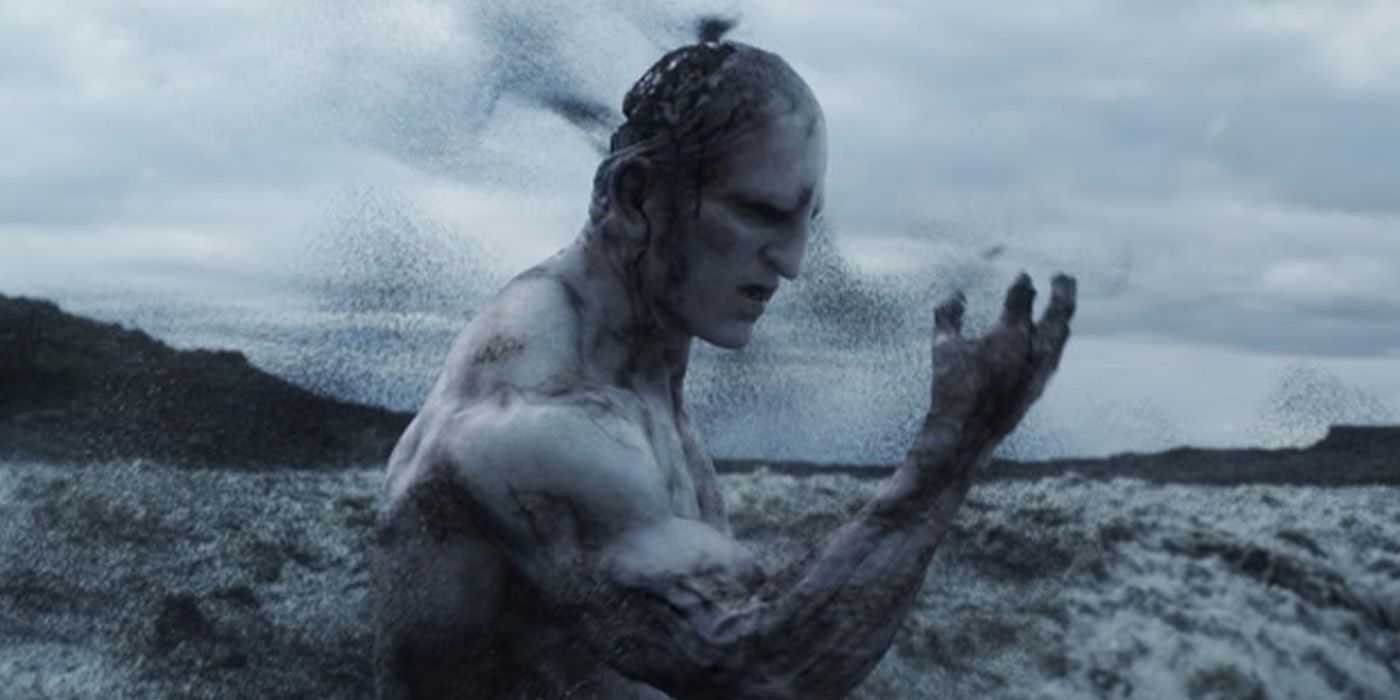

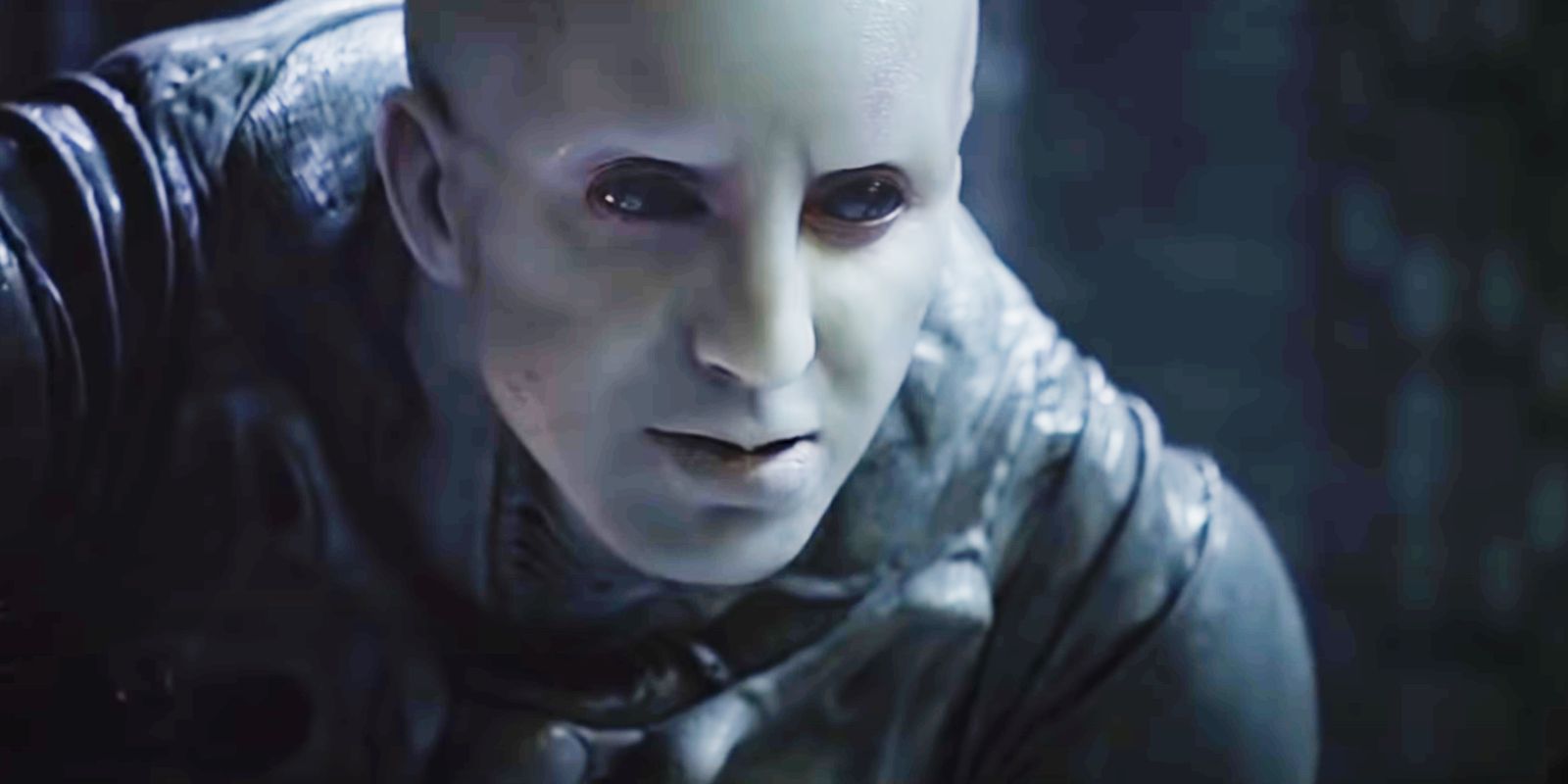
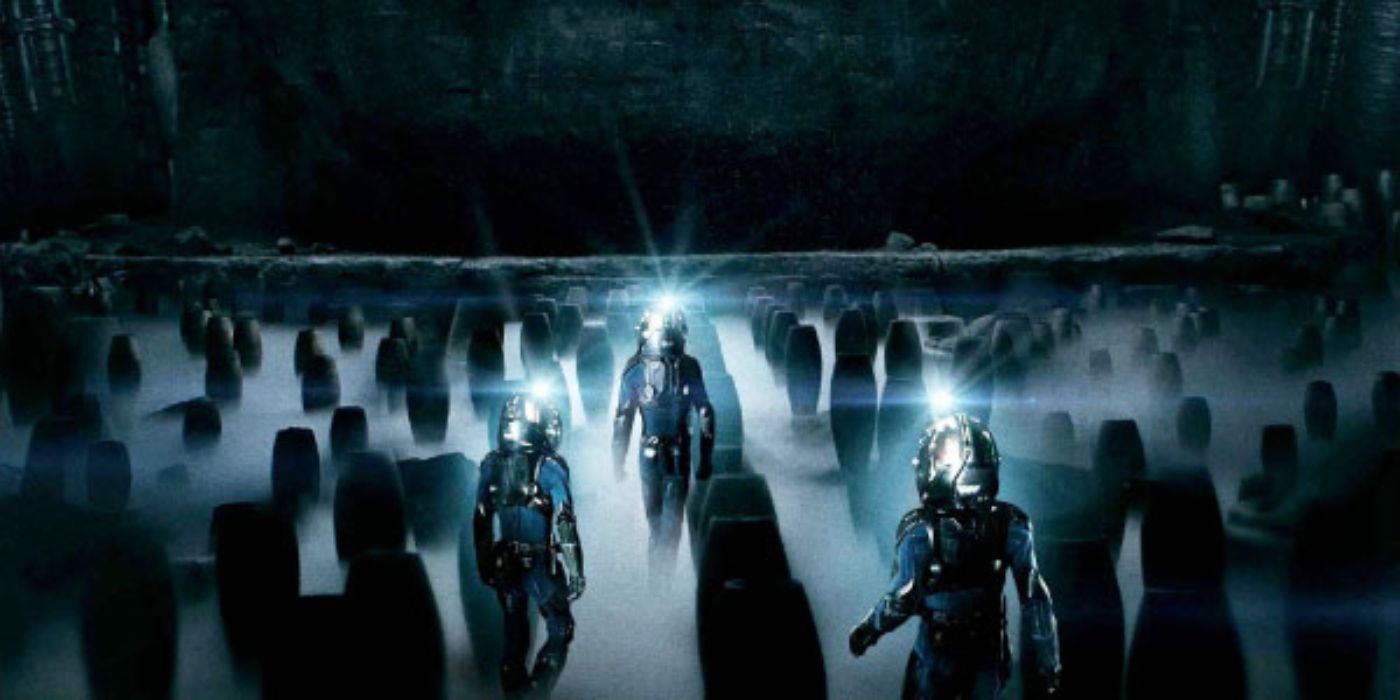
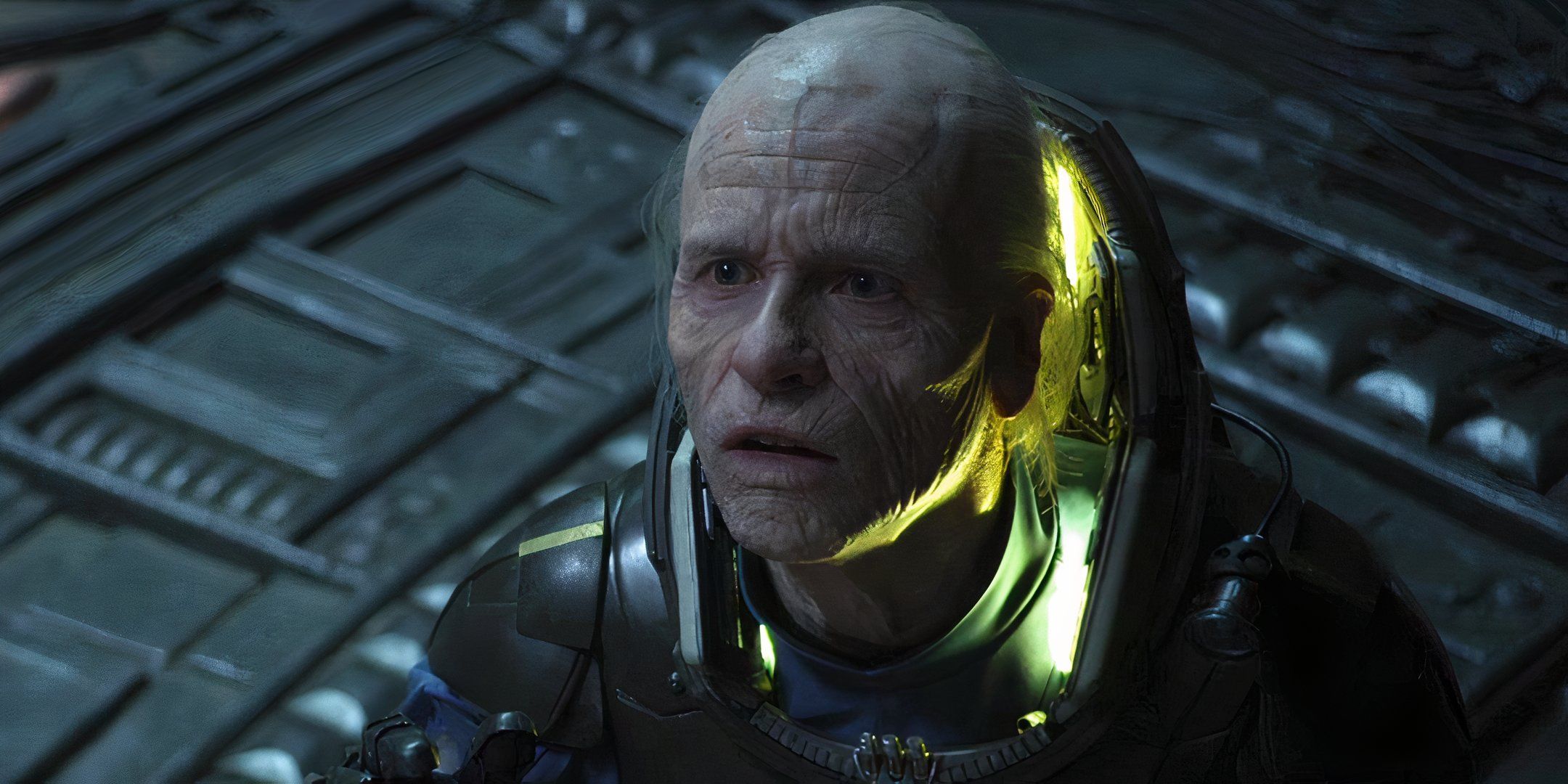





Prometheus was a divisive movie, but it did wonders to expand the lore of Alien’s world. One major element it introduced was the mysterious black goo, which seems to have the ability to create, take, and transform life. David uses it to murder a massive civilization of Engineers in Alien: Covenant, but it’s also used to create new lifeforms on multiple occasions in the franchise. The Alien franchise could’ve left the black goo behind for good, but Romulus reintroduces it.
Weyland-Yutani Corp recovered the Xenomorph from the Nostromo wreckage and extracted the black goo from it. The scientists aboard the Renaissance were using the goo to create their substance in hopes of evolving humanity, but a new Xenomorph was unleashed and destroyed their team, taking over the space station. Had the Corbelan crew not arrived, the fate of this substance and experiment would’ve been lost to humanity.
Alien: Romulus Explains How The Facehuggers See
Andy Provides Long-Awaited Alien Exposition
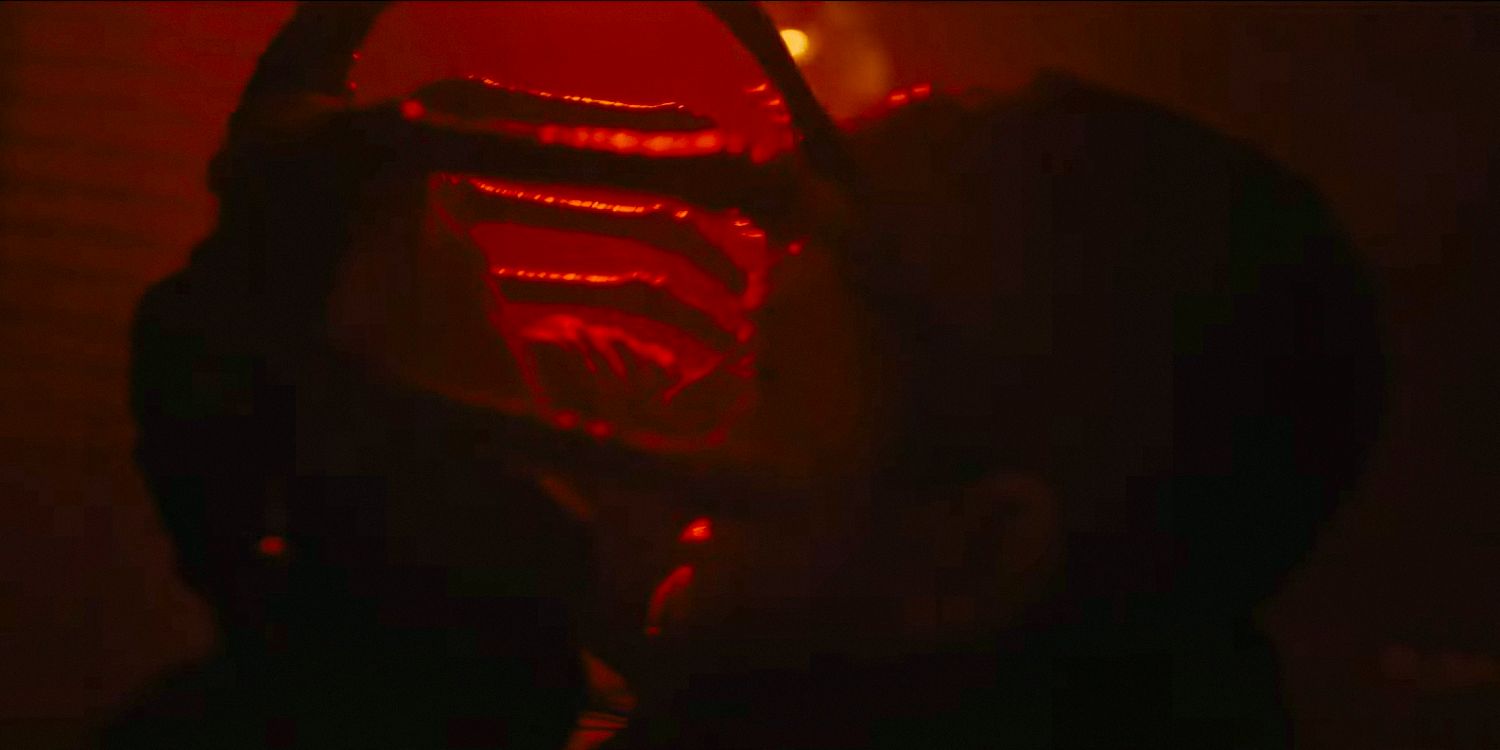
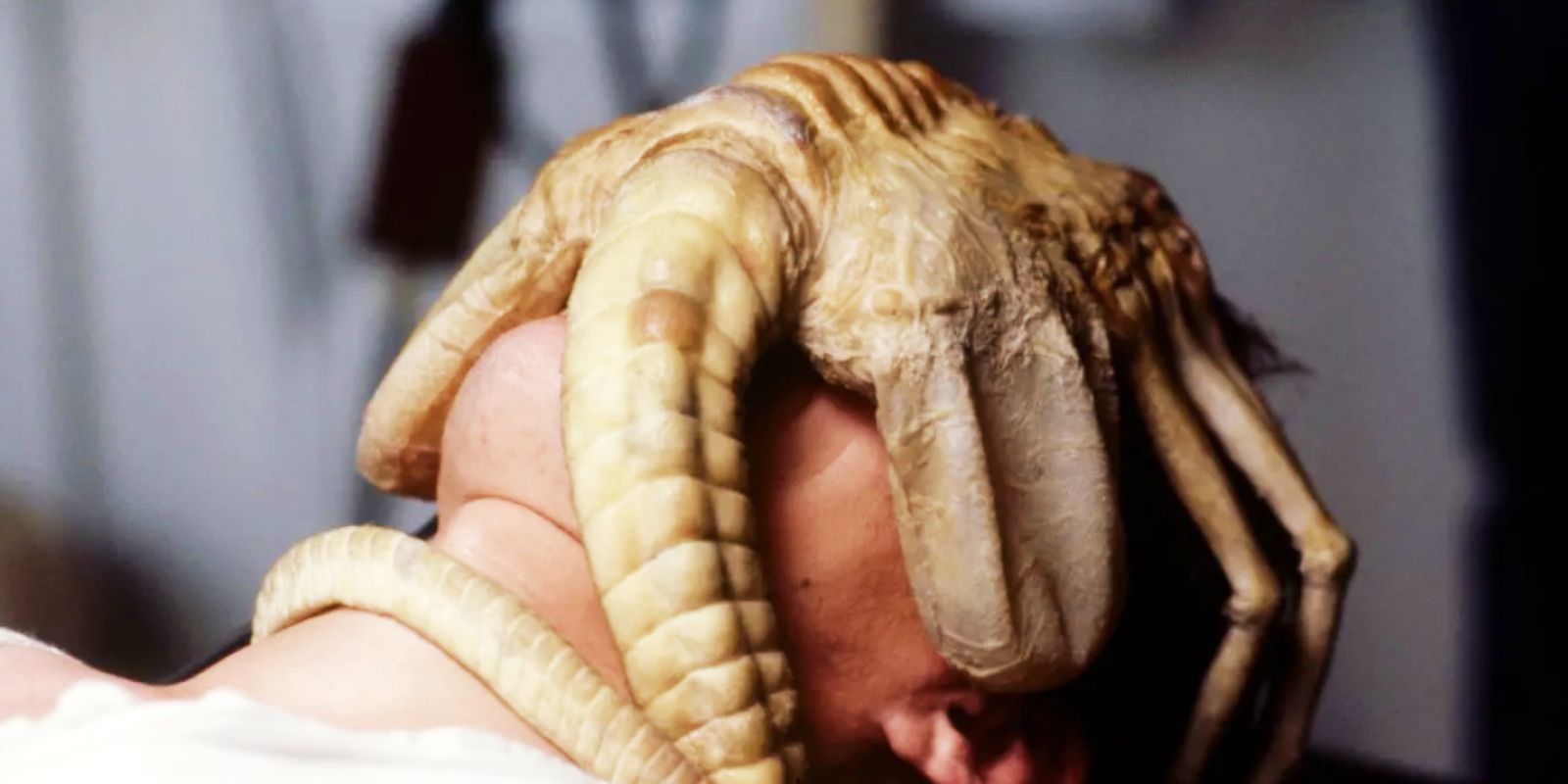
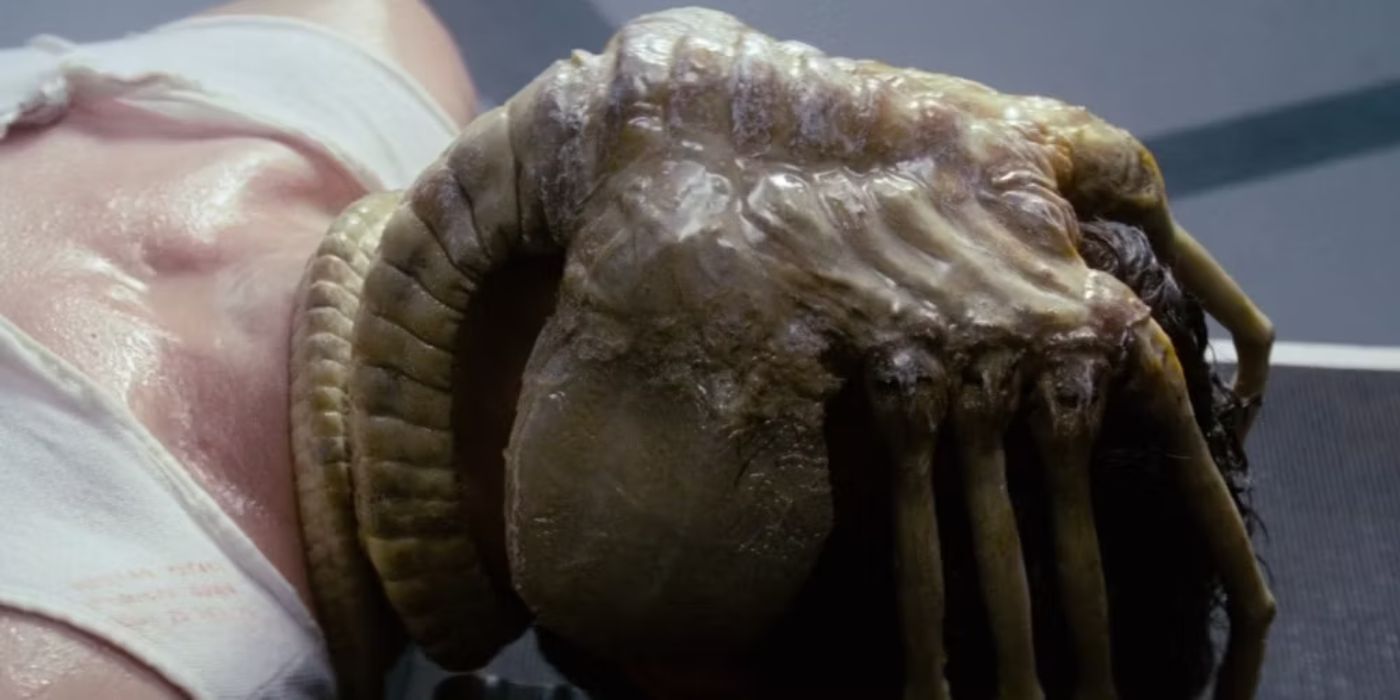
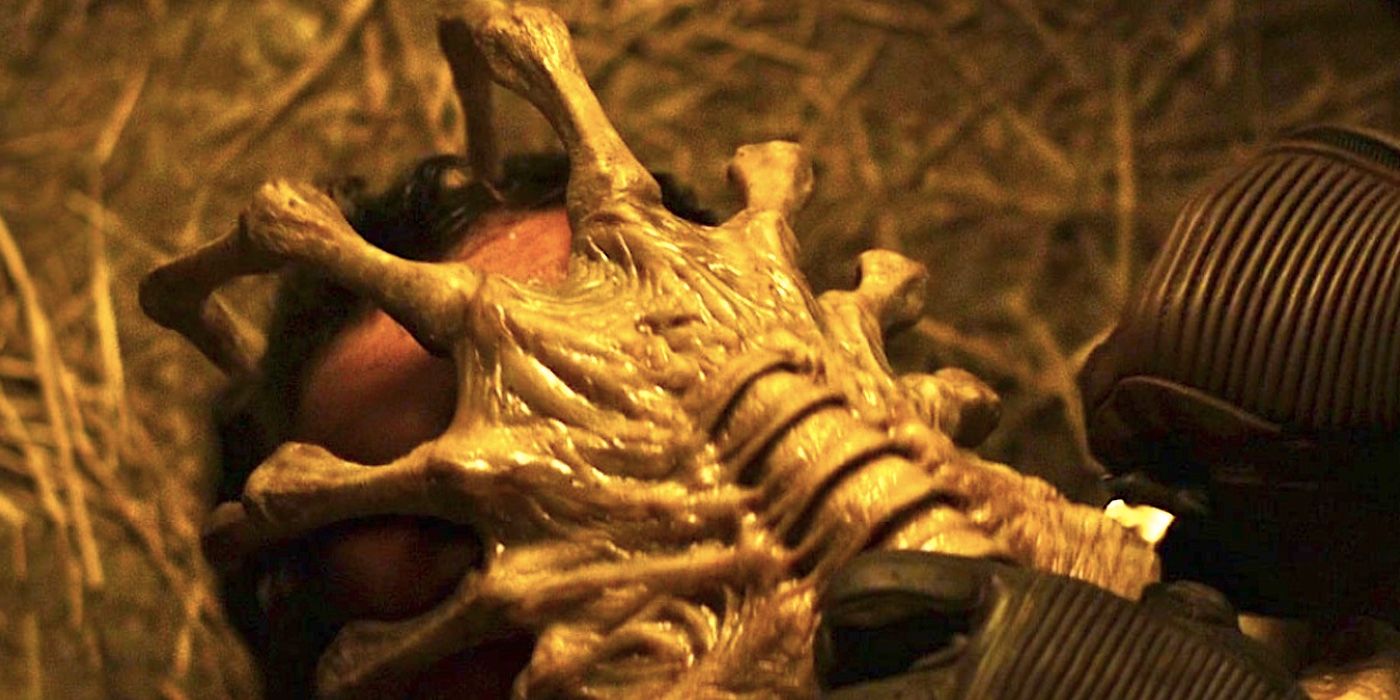
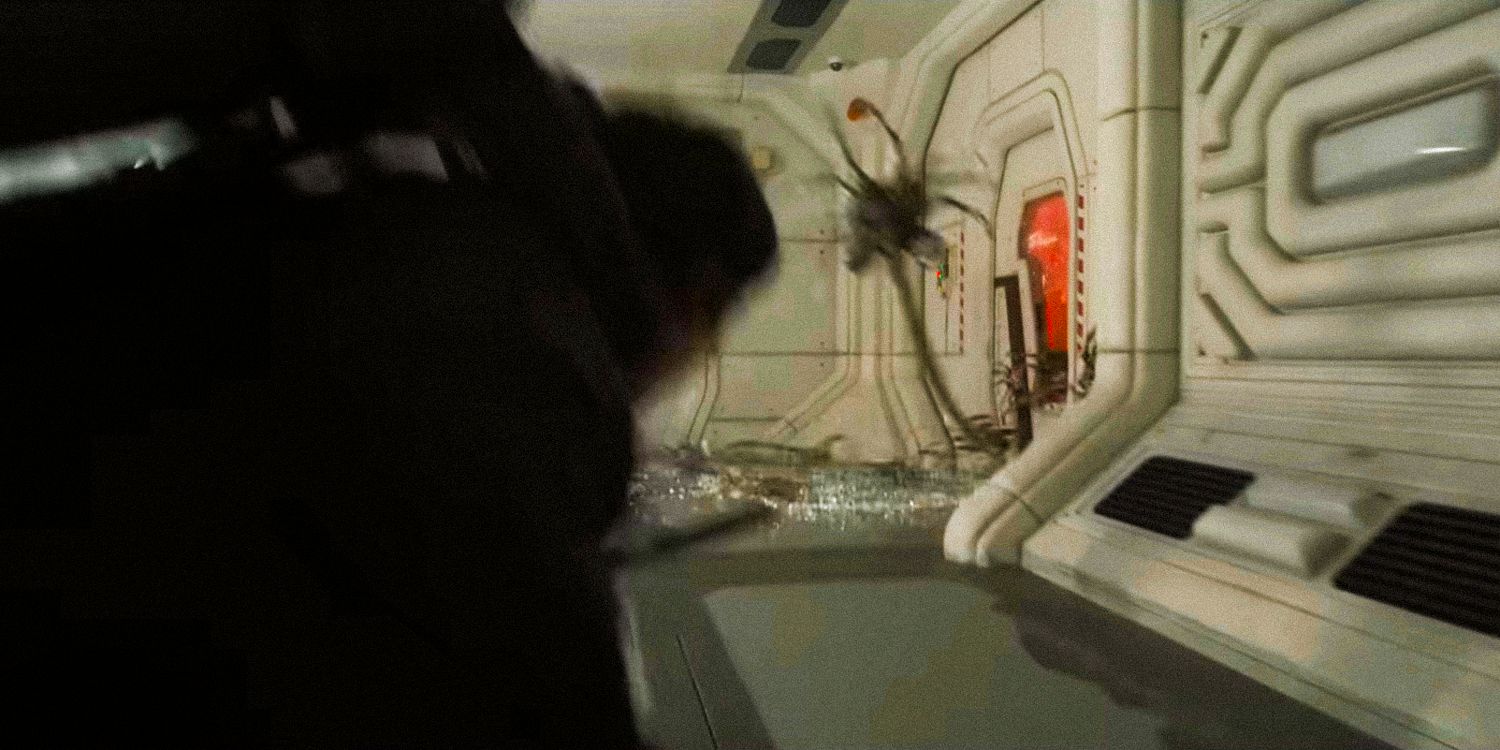





The facehuggers are another creature that have commonly appeared throughout the Alien franchise yet offer little explanation. They’re terrifying little beings that pounce on human targets, latching onto their faces and orally implanting chestbursters into them. This is what happens to Navarro in Alien: Romulus. A point of confusion throughout the Alien movies, however, is how the facehuggers track their targets. Not much is known about their physiology, but it’s clear that they have no eyes.
In the facehugger scene early on in Alien: Romulus, Andy reveals that the creatures track their prey using heat and sound. The biology of the various alien creatures isn’t vital for enjoying the films, and their mystique actually has some of its own appeal, but this detail provides a simple, satisfying answer to one of the franchise’s oldest questions.
Peter Weyland’s Mission Ultimately Failed
The Weyland-Yutani Corp Substance Doesn’t Work
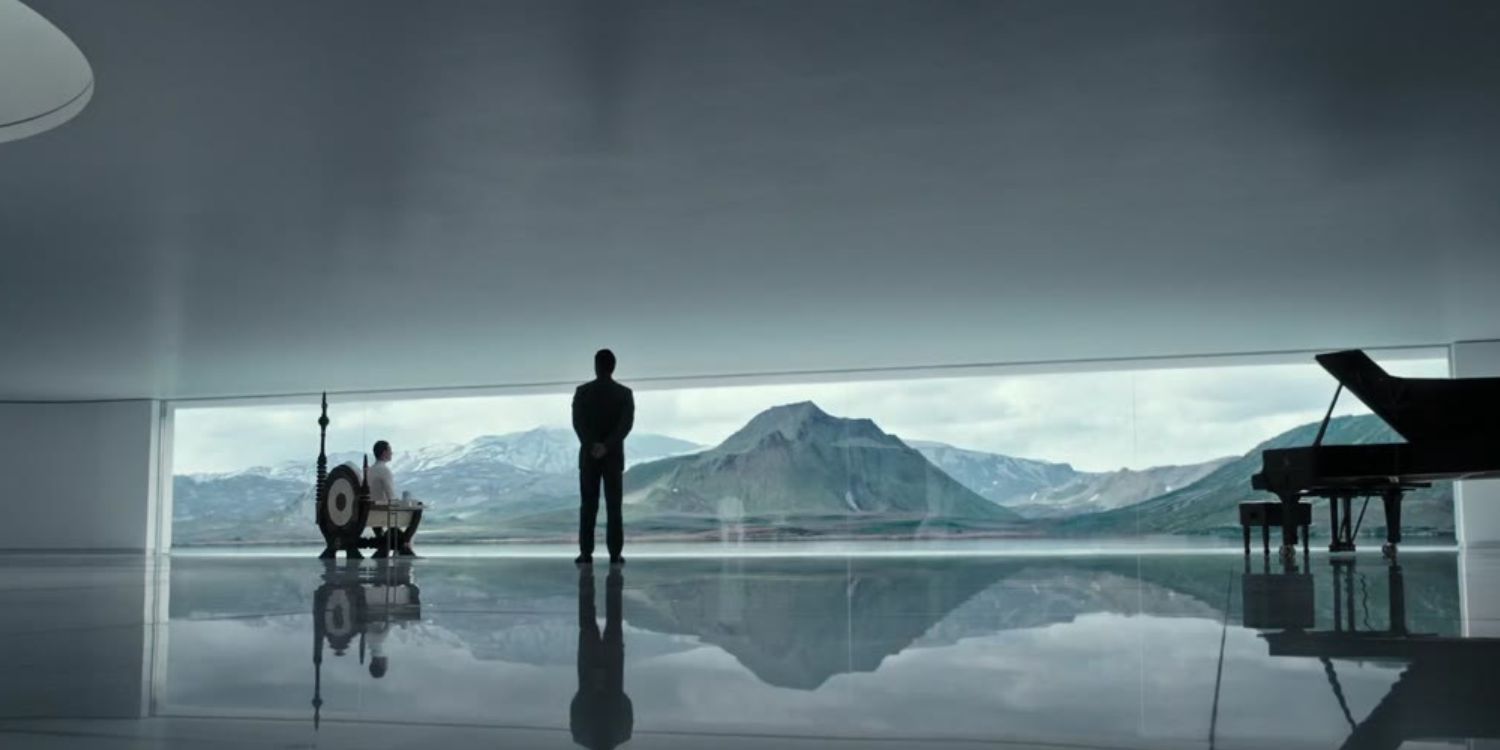
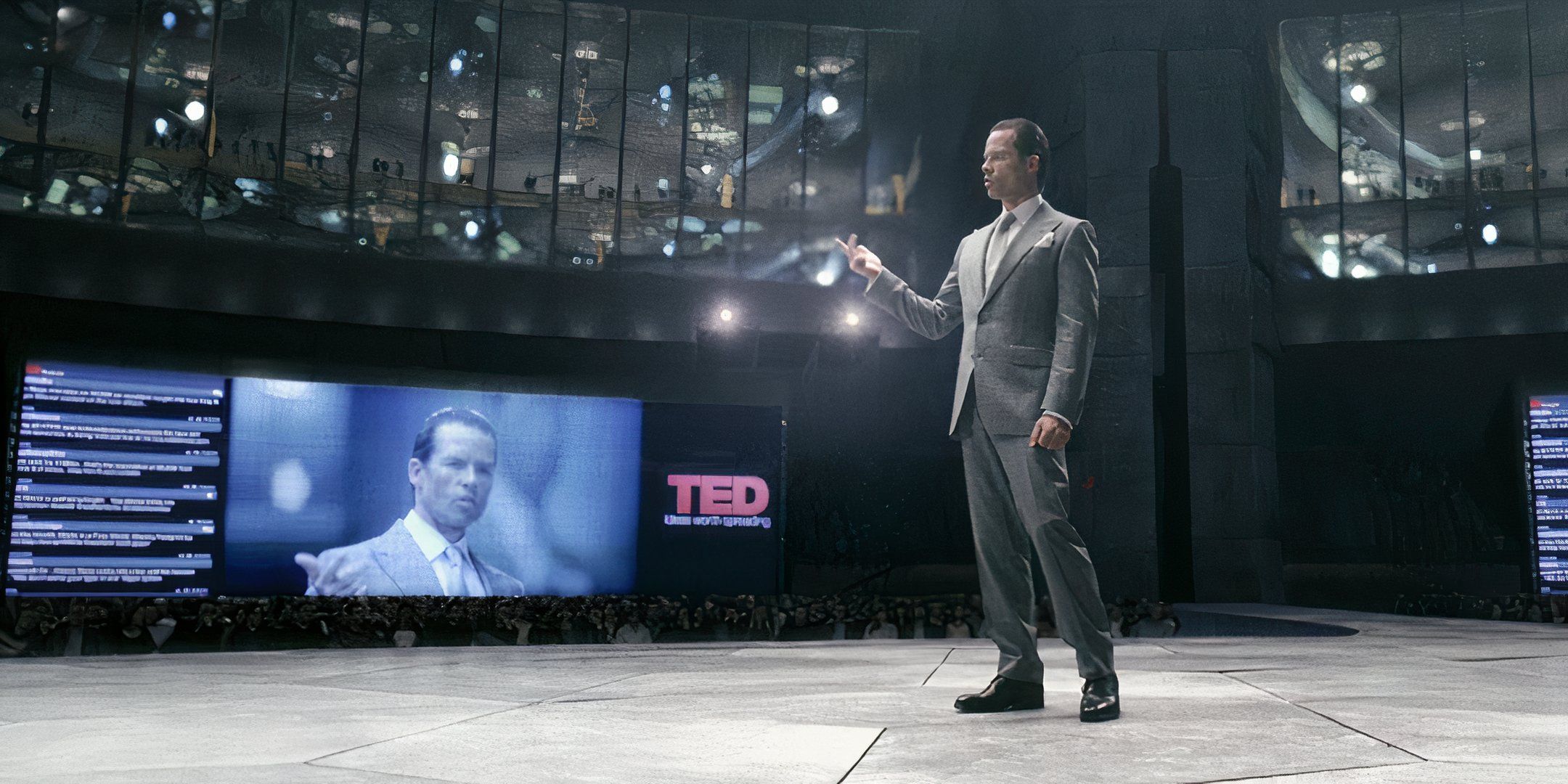
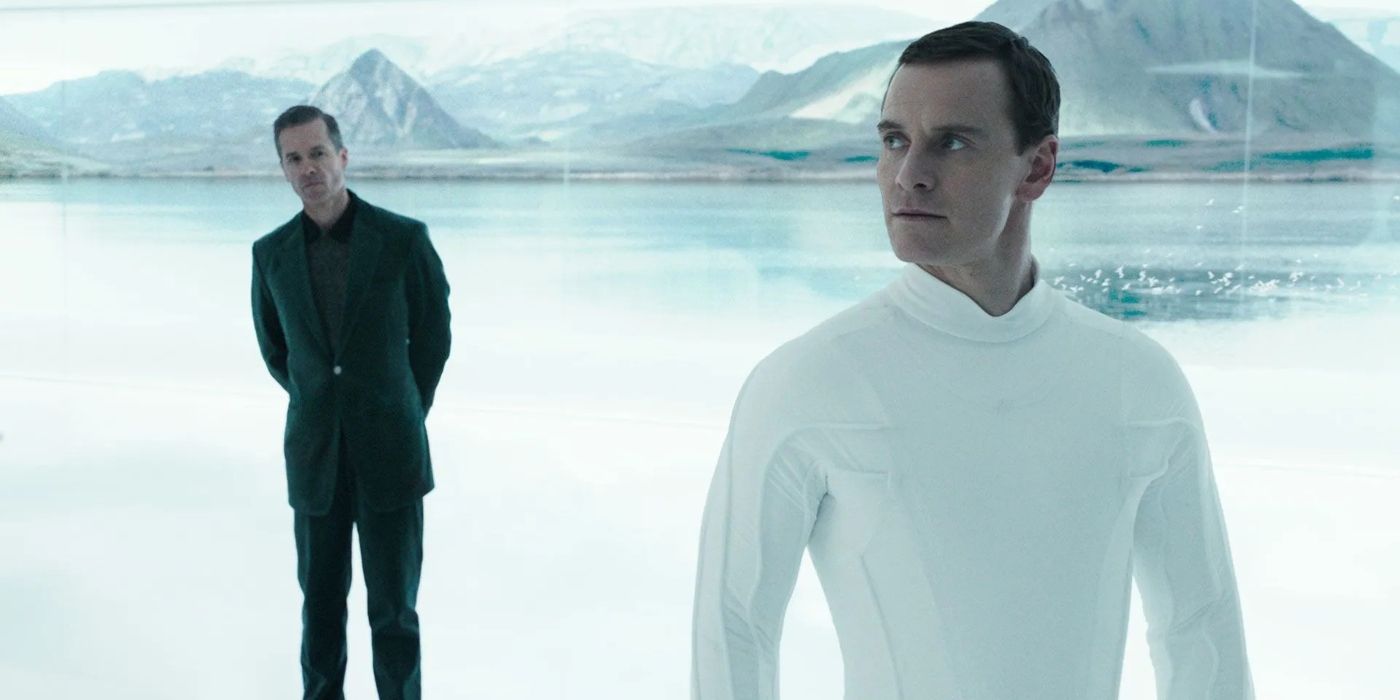
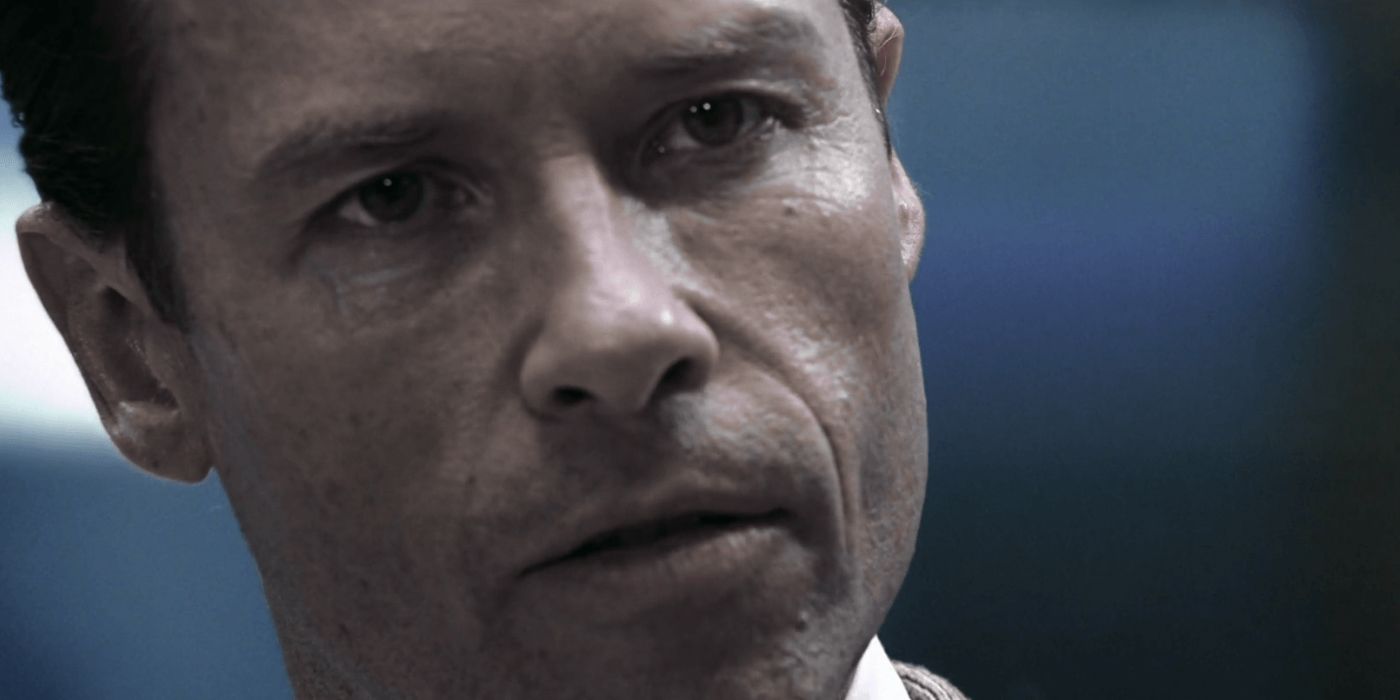
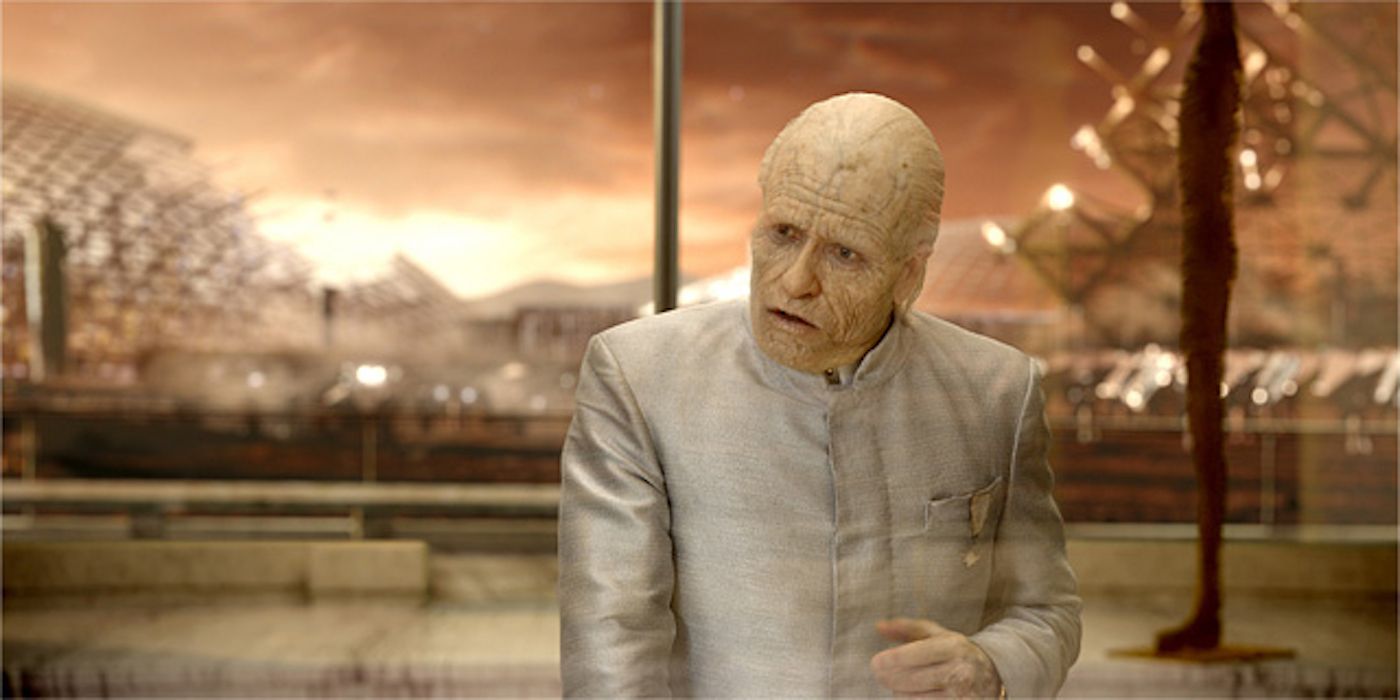





The name Weyland was a phantom behind the Alien franchise for years before the man was finally shown on screen in 2012’s Prometheus, played by Guy Pearce. He goes forth on the Prometheus mission in an effort to meet humankind’s creators, with his crew ultimately discovering the Engineers with the help of the android David. Audiences already know that Peter Weyland himself failed when he was killed by the Last Engineer, but Alien: Romulus shows the results of his efforts.
Had Weland found what he was looking for instead of being killed, he likely would have fallen to a similarly horrific fate in his attempt to become immortal.
Weyland hoped that the Engineers would be able to prevent him from dying, which is the same purpose as the substance developed by the Renaissance crew using the black goo. As shown by what happens to Kay at the end of Alien: Romulus, the substance doesn’t result in her extended life but instead creates the monstrous hybrid. Had Weland found what he was looking for instead of being killed, he likely would have fallen to a similarly horrific fate in his attempt to become immortal.





